The Management Board of Hoan Kiem Lake and Hanoi Old Quarter will apply electronic ticket collection for two tourist attractions, Heritage House No. 87 Ma May and Monument No. 22 Hang Buom, from 2025.
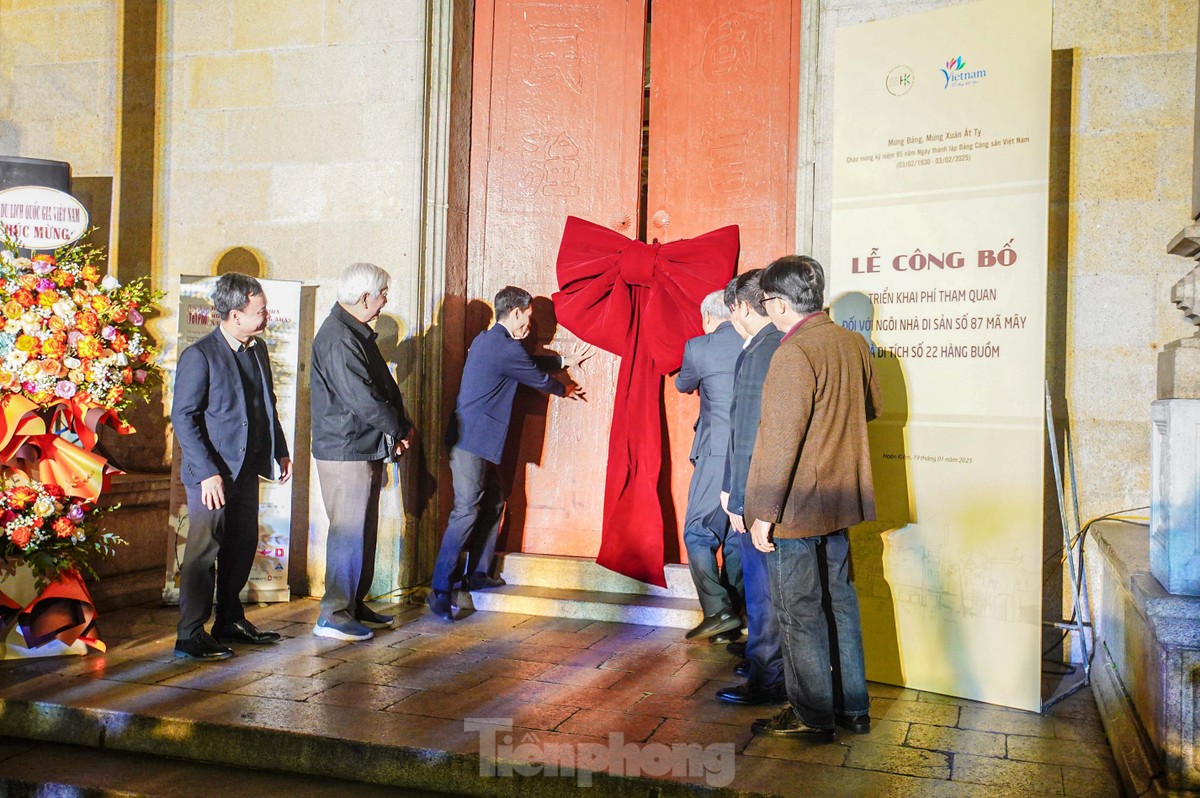 |
| Recently, the Management Board of Hoan Kiem Lake and Hanoi Old Quarter held a Ceremony to announce the implementation of entrance fees for Heritage House No. 87 Ma May and Monument No. 22 Hang Buom, Hang Buom Ward, Hoan Kiem District, Hanoi" with a fee of 20,000 VND/turn/guest. |
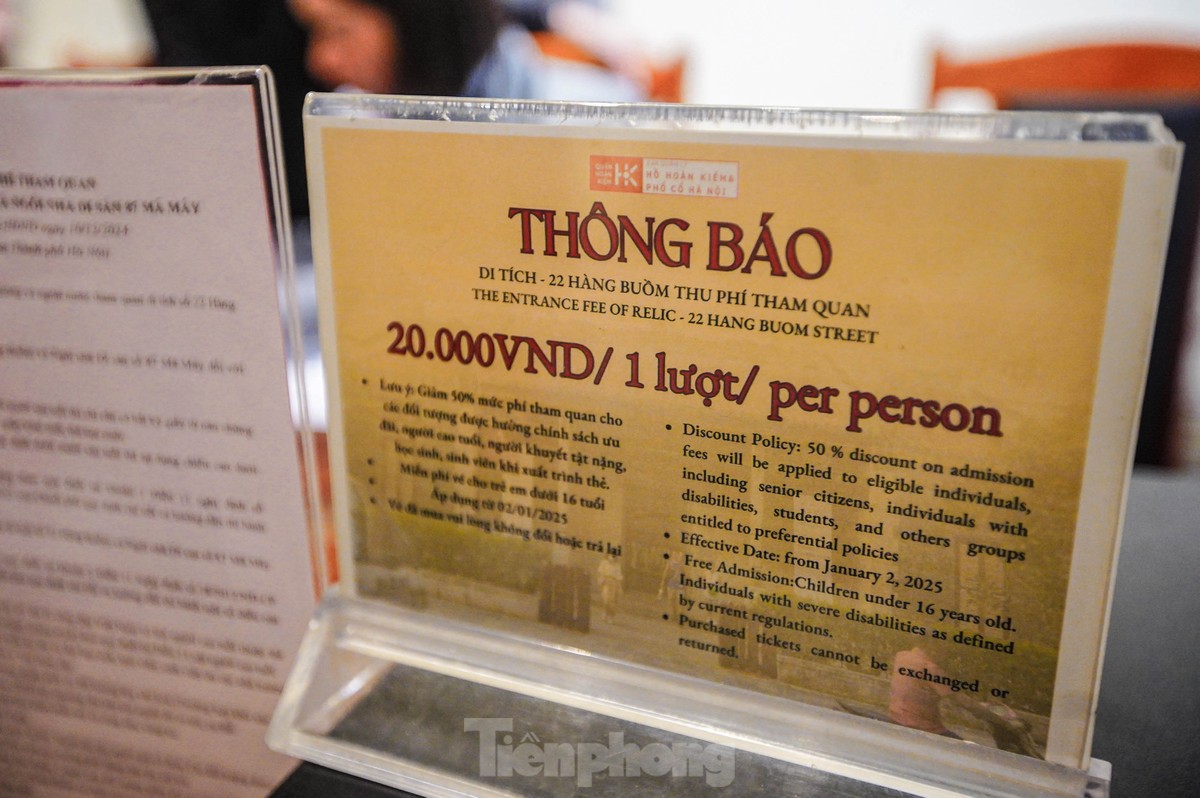 |
| According to the Tourism Information Center (Vietnam National Administration of Tourism), the Heritage House at 87 Ma May Street and the Monument at 22 Hang Buom Street (Hoan Kiem District, Hanoi) have officially started charging entrance fees for visitors. The application of the electronic ticket system aims to ensure effective management and operation of ticket sales and entrance ticket control. |
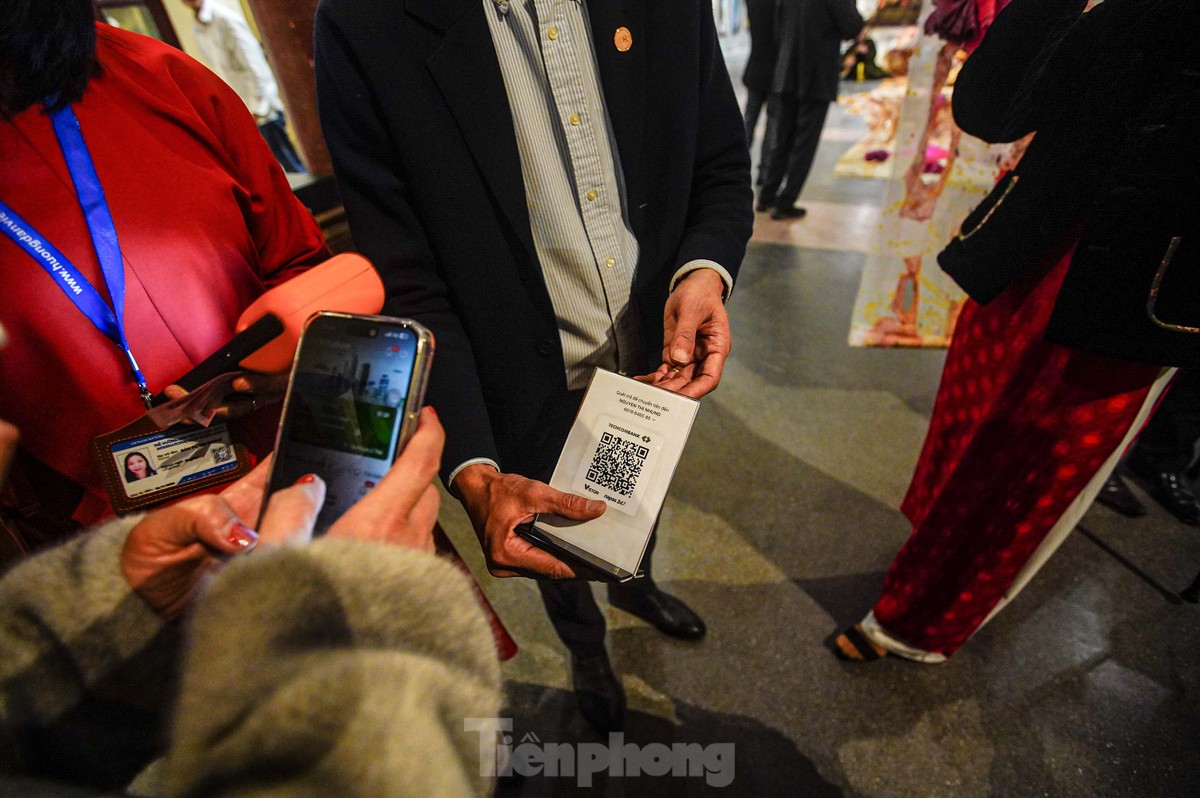 |
| The system allows tourists, travel agencies, and tour guides to book tickets online through the National Tourism Application “Vietnam Travel”; The system allows destinations to link up to sell inter-route sightseeing tickets, buy tickets once at one location and use them at multiple locations; The system supports tourists to use one of three different methods to use entrance tickets: Tickets printed at the counter, Viet Card - Smart Tourism Card or National Tourism Application “Vietnam Travel”. |
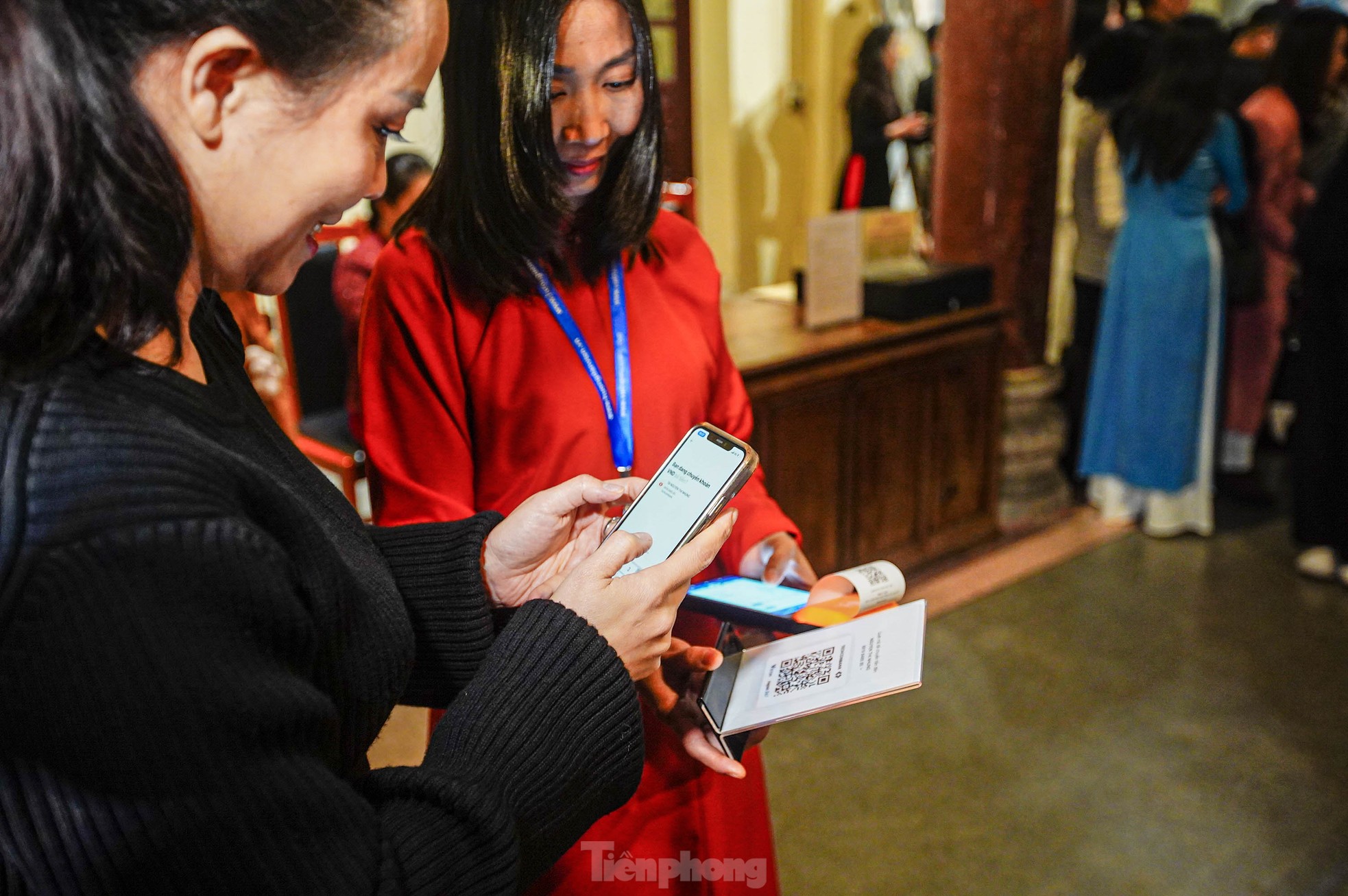  |
| In particular, the electronic ticket system will allow a group of visitors to use only one ticket for all members of the group. This is a great advantage and difference compared to other electronic ticket systems that still require each visitor to use one ticket to enter. With outstanding technological advantages, the electronic ticket system brings much more convenience to visitors, tour guides and travel agencies that bring visitors. At the same time, it helps to reorganize the process of managing ticket sales and checking of the relic more effectively. On the other hand, the system provides a powerful real-time data synthesis and analysis tool that helps the relic management board to closely monitor the number of tickets sold according to different criteria and evaluate the characteristics, behaviors and trends of visitors, thereby making appropriate adjustments to the needs of visitors. |
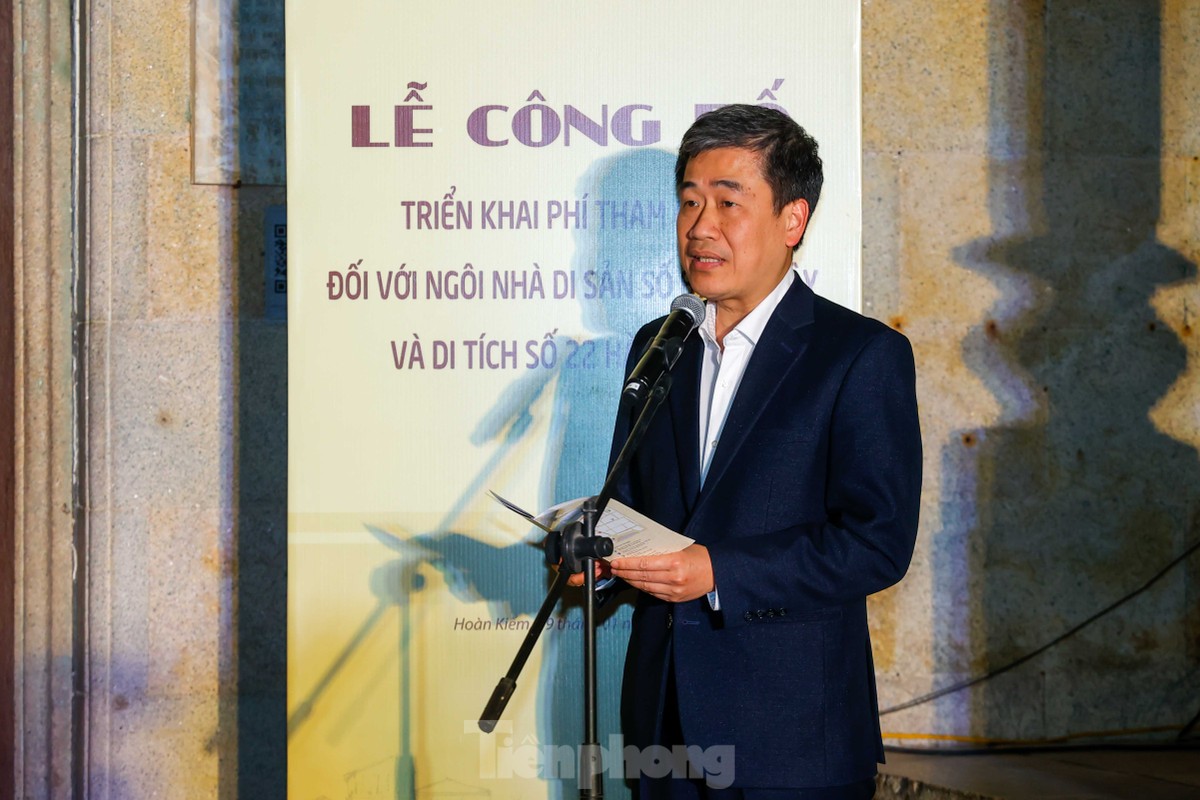 |
| Vice Chairman of Hoan Kiem District People's Committee Nguyen Quoc Hoan said that the District People's Committee has assigned the Management Board of Hoan Kiem Lake and Hanoi Old Quarter to coordinate with the Tourism Information Center - Vietnam National Administration of Tourism to complete a plan to collect entrance fees in accordance with the characteristics of the relics. "In addition to collecting entrance fees, the district continues to coordinate with scientists and cultural researchers to organize cultural activities and art exhibitions at relic sites, creating quality cultural products to serve the people, domestic and foreign tourists", the Vice Chairman of Hoan Kiem District People's Committee shared more. |
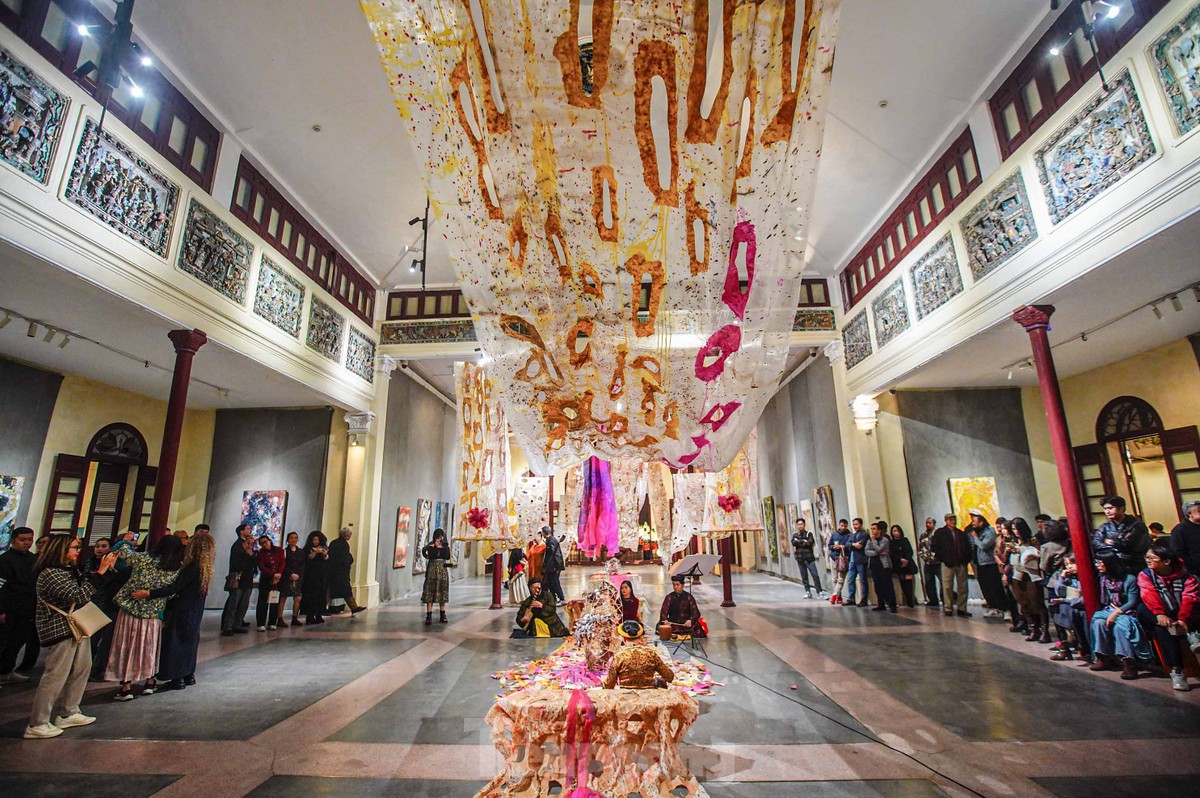 |
| Relic No. 22 Hang Buom Street is a relic site with unique architecture with an area of 1,670 m2. This place clearly shows the cultural exchange between East and West, when the relic uses Western concrete blocks and panels, but the decorative lines, especially the sculptures, bear the strong mark of East Asian culture. Inside the relic, there are many houses with unique statues and reliefs. |
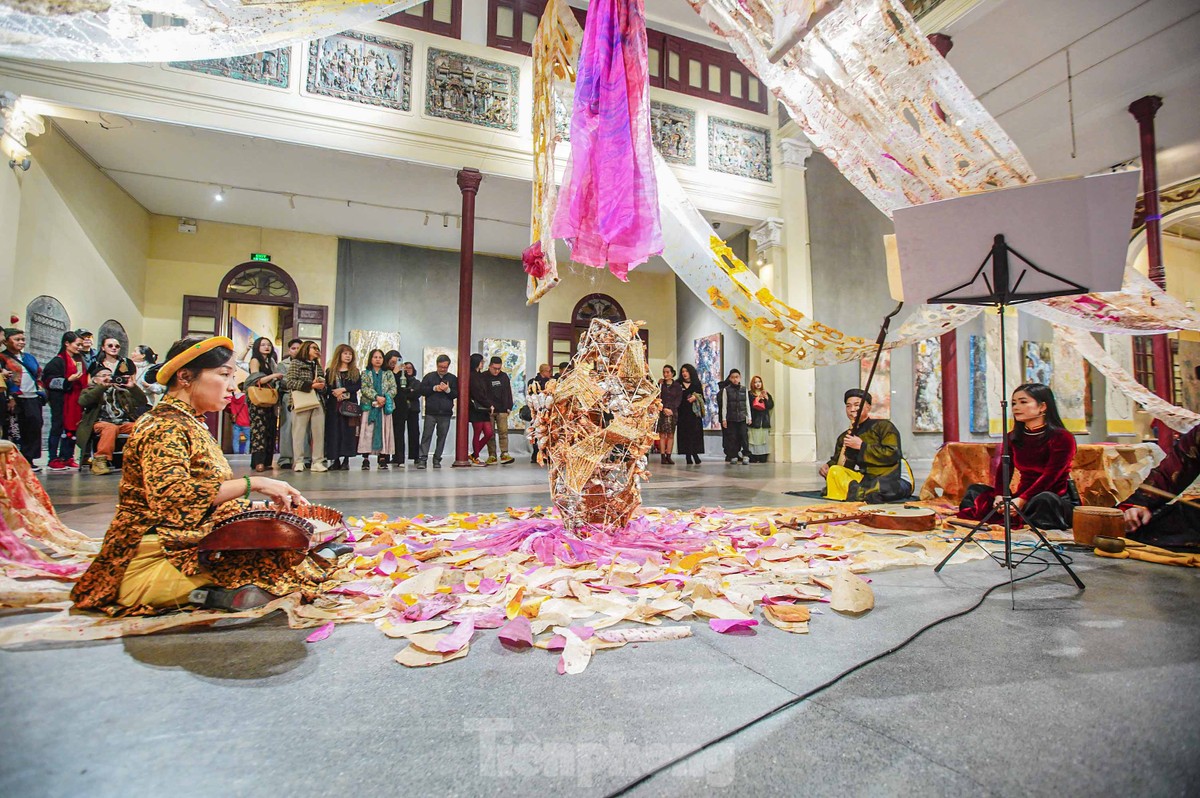 |
| Nowadays, the Cantonese Assembly Hall has become an artistic relic, an attractive tourist destination for tourists when coming to Hanoi's Old Quarter. |
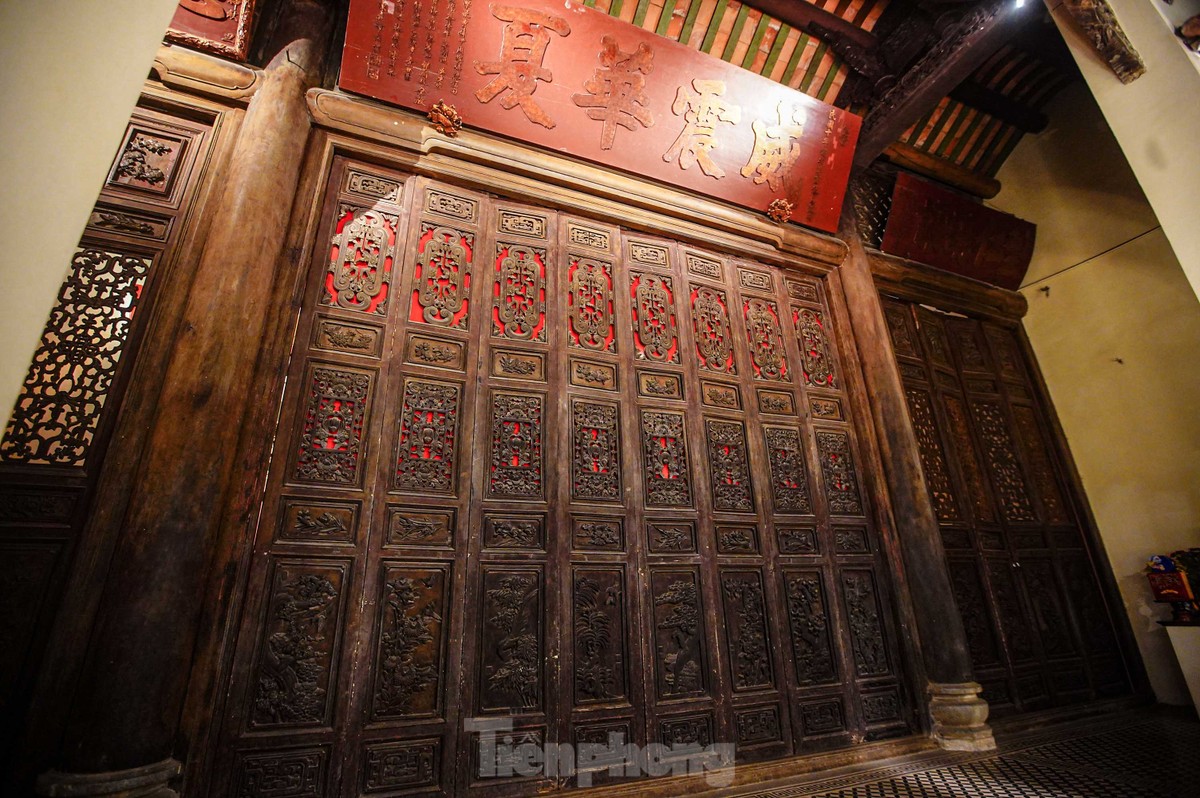 |
| Right under the Tay Son Dynasty, in 1801, the Cantonese people built the Assembly Hall. More than ten years later, the Fujian community also built the Assembly Hall. The two assembly halls were the place to worship the Goddess Thien Hau, the gathering place for the Chinese. At that time, there were 4 Chinese communities in Thang Long, namely Guangdong, Fujian, Chaozhou and Hainan. The Cantonese people established the earliest and strongest community, occupying most of Duong Nhan Street, so this street was also called Quang Dong or Viet Dong, now Hang Ngang. The Fujian area was also called Phuc Kien Street, now Lan Ong Street. These two communities occupied most of the commercial streets in the area and expanded to Hang Buom and Hang Bac. |
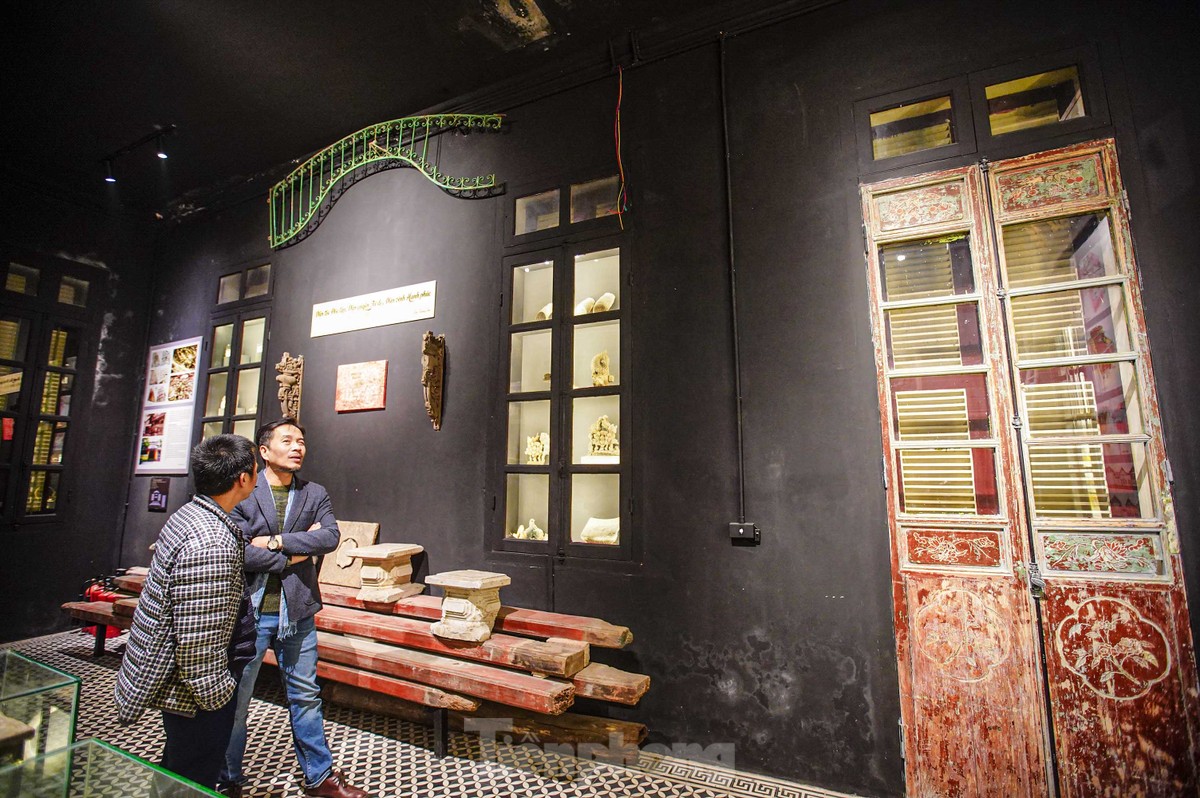 |
| In 2021, the Cantonese Assembly Hall was restored. The Cantonese Assembly Hall was returned to its original architecture. The restoration and renovation of the Cantonese Assembly Hall was a successful mark in the effort to preserve cultural relics and maintain important historical relics of Hanoi. |
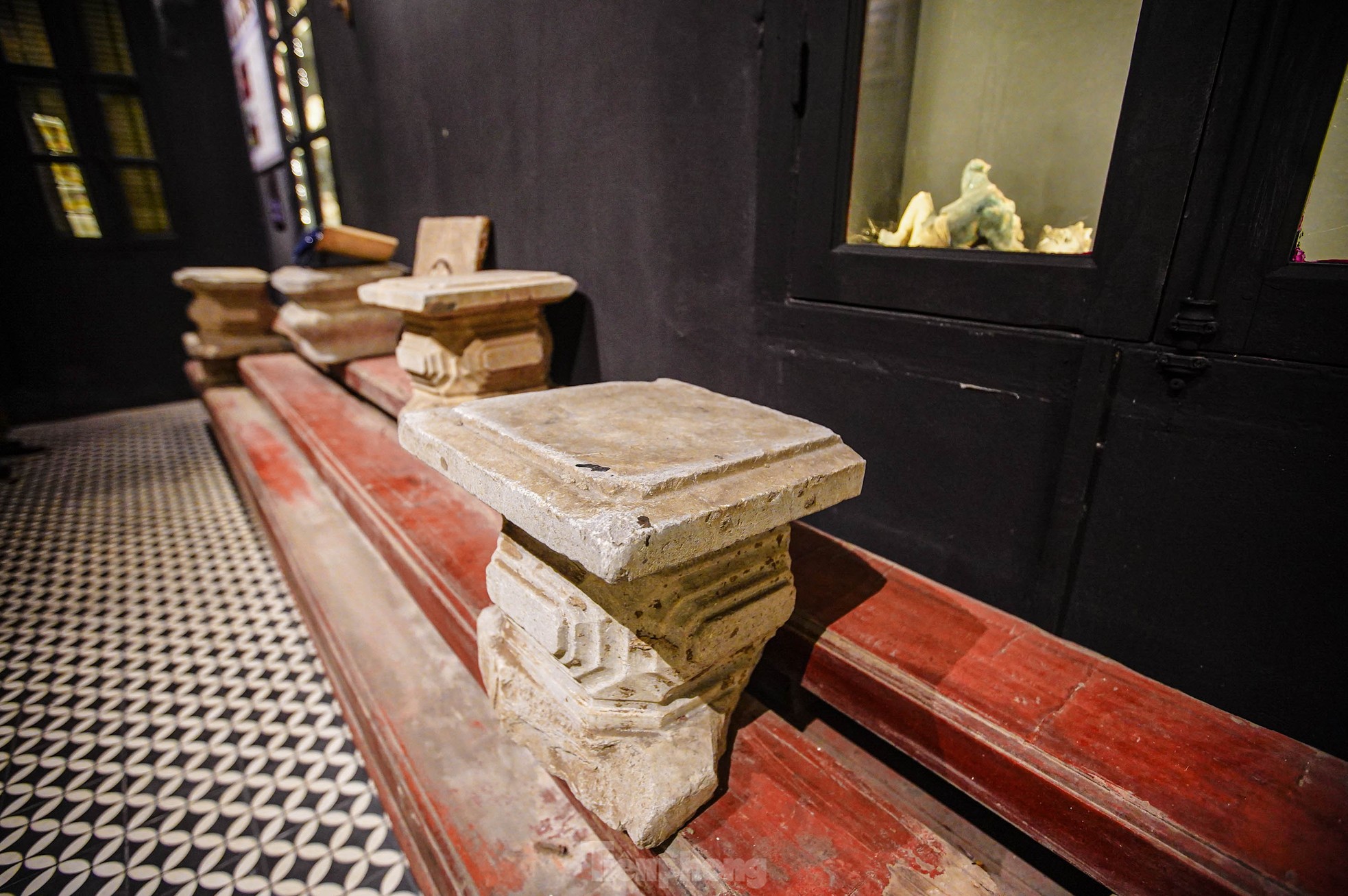 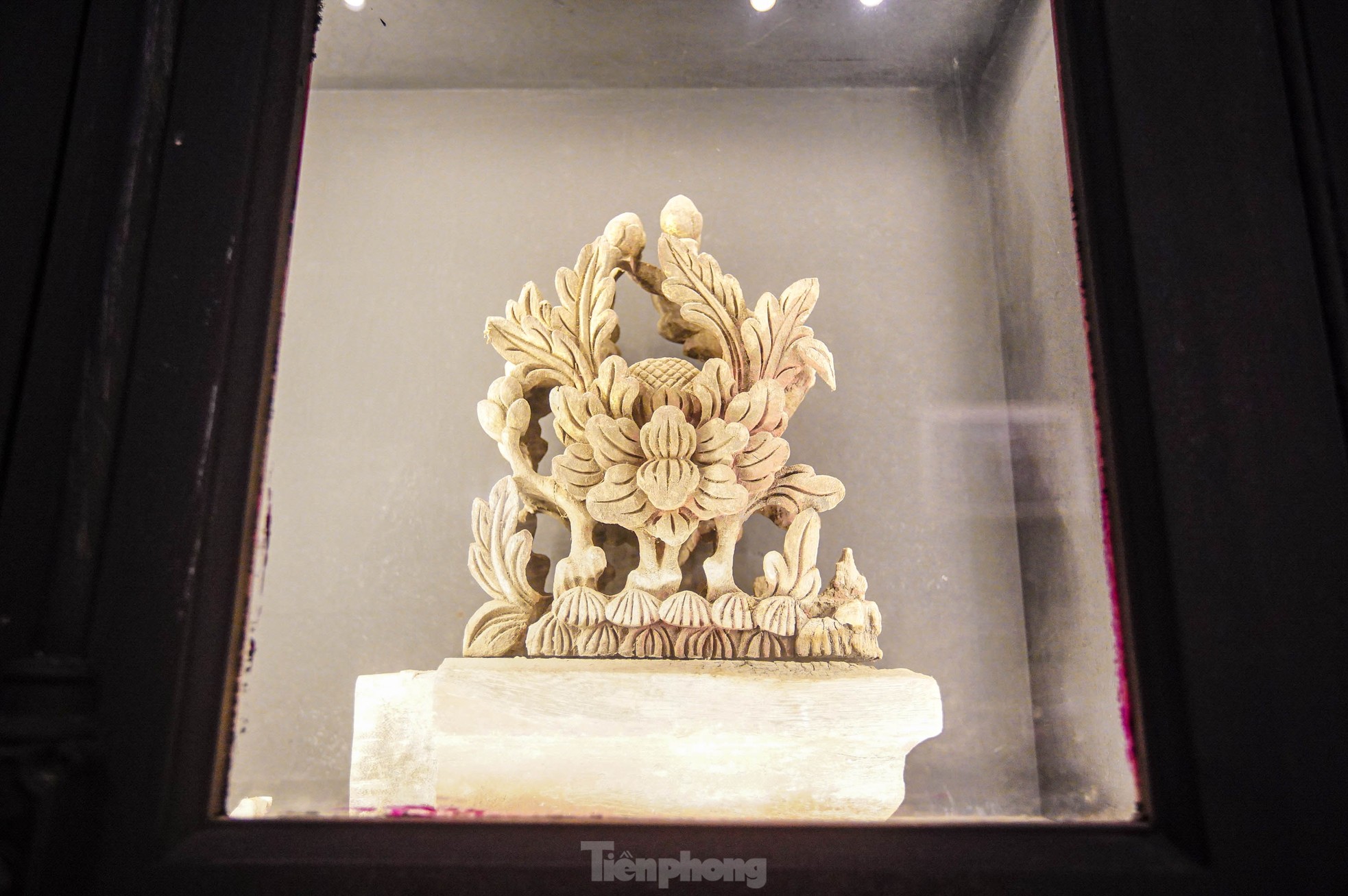 |
| Memorabilia on display at "Memory Space 22 Hang Buom". |
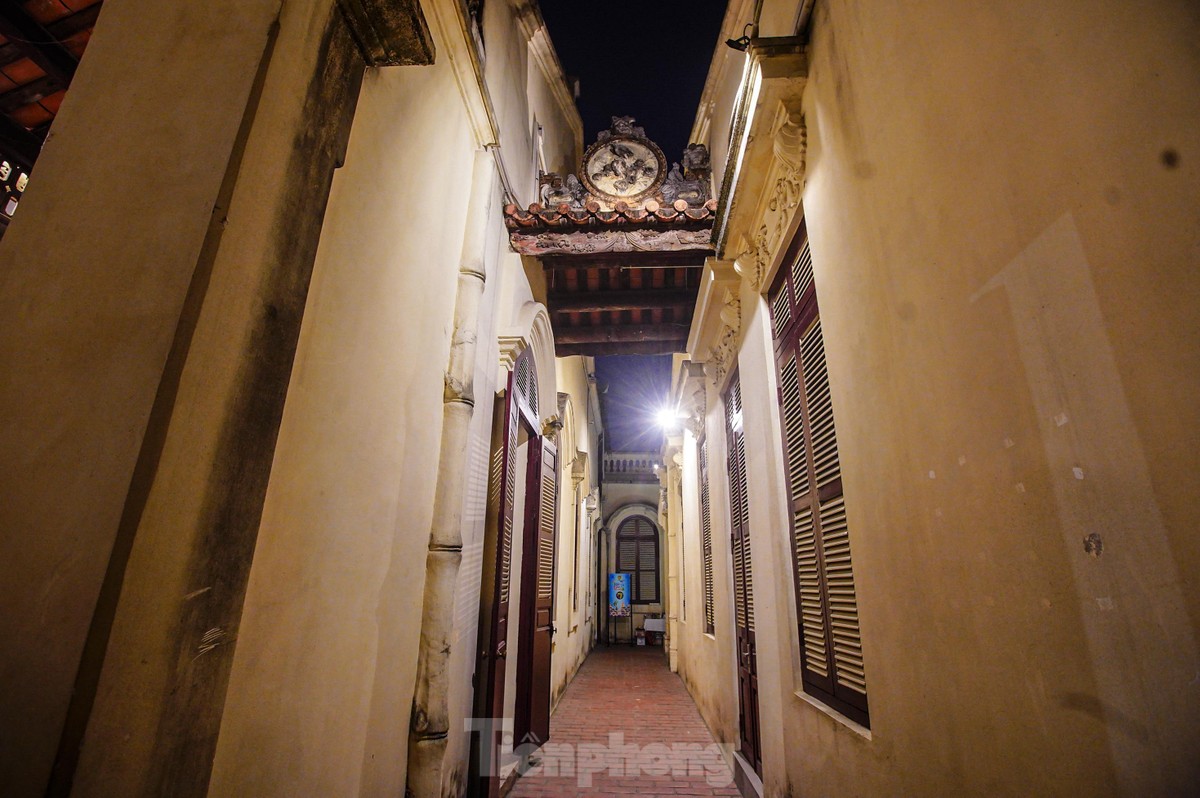 |
| Some Western-influenced architectural elements of the Assembly Hall. |
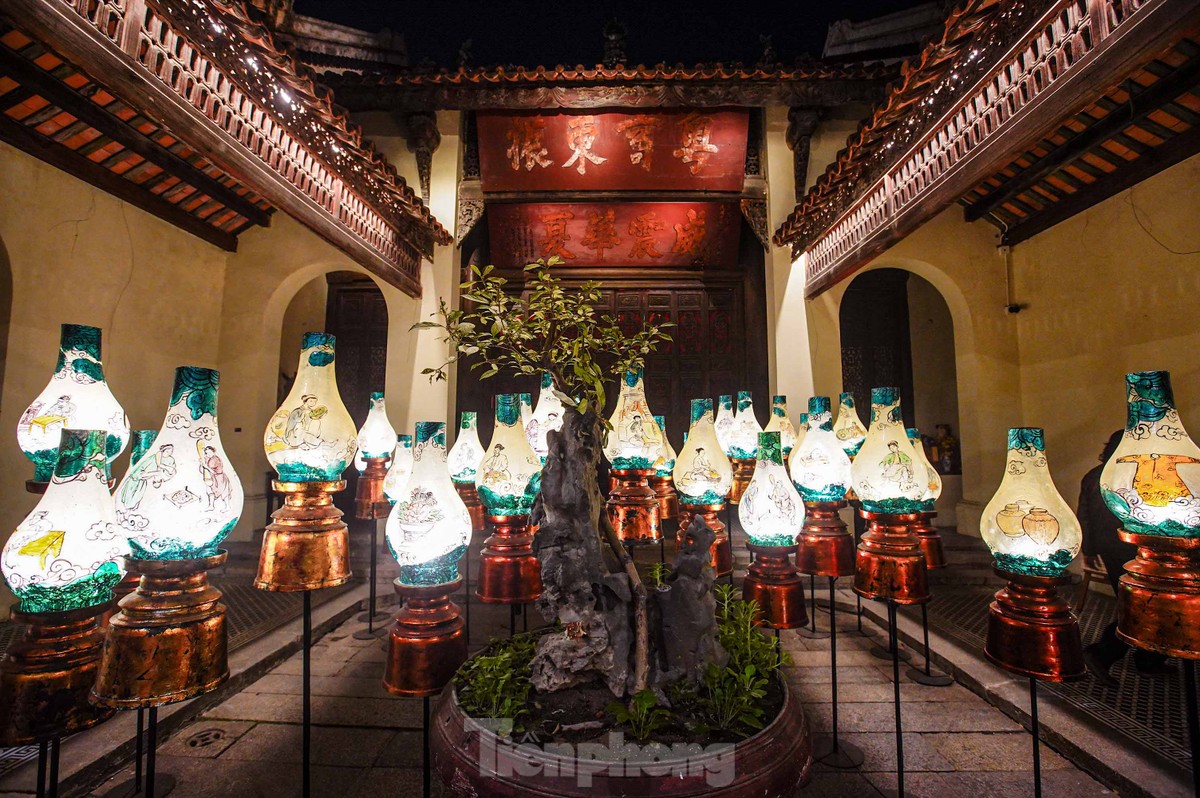 |
| The Guangdong Assembly Hall is not only a simple crossroads between two cultures, but also a crossroads between three cultures: Vietnamese, Chinese and French. |
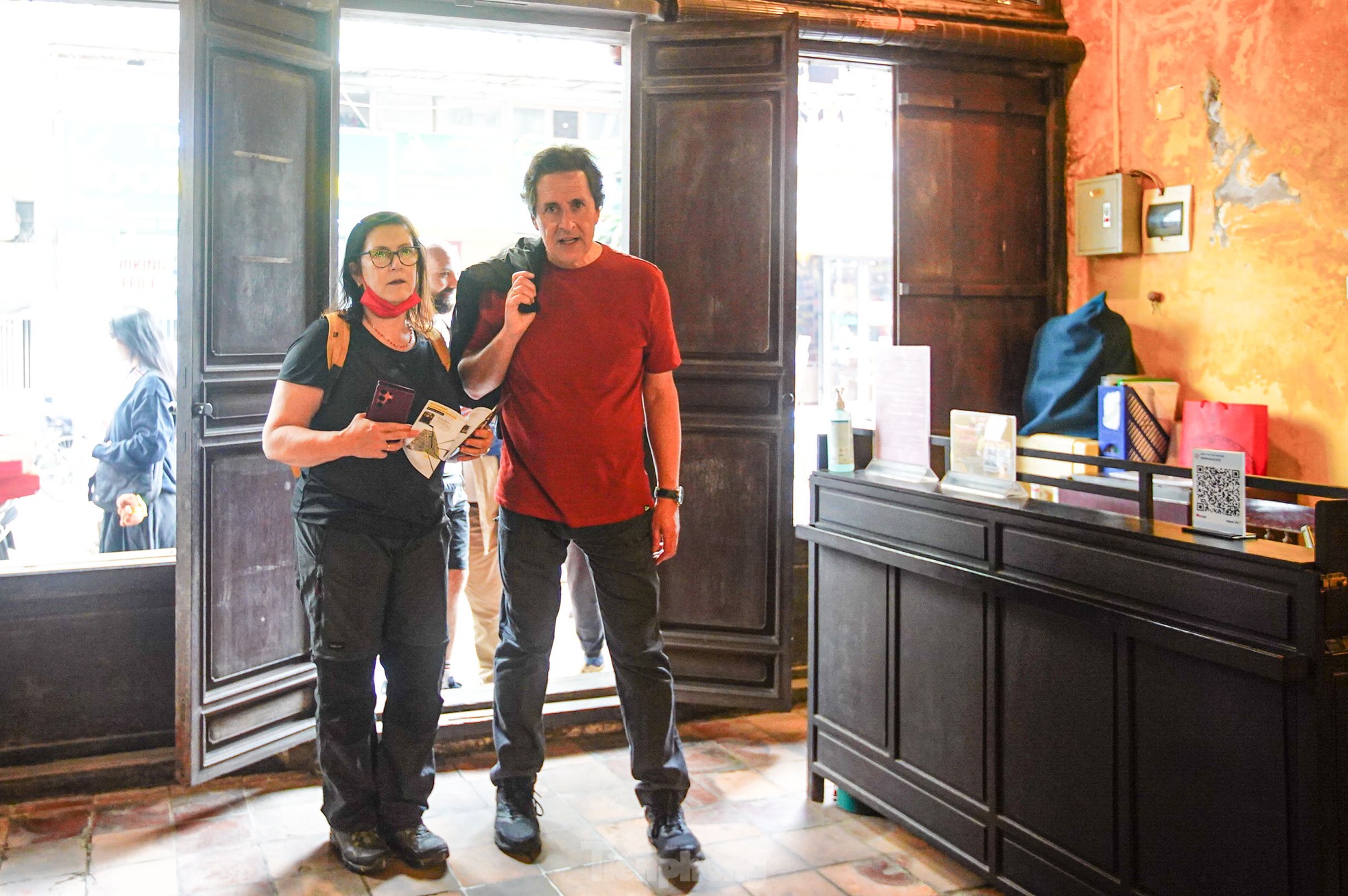 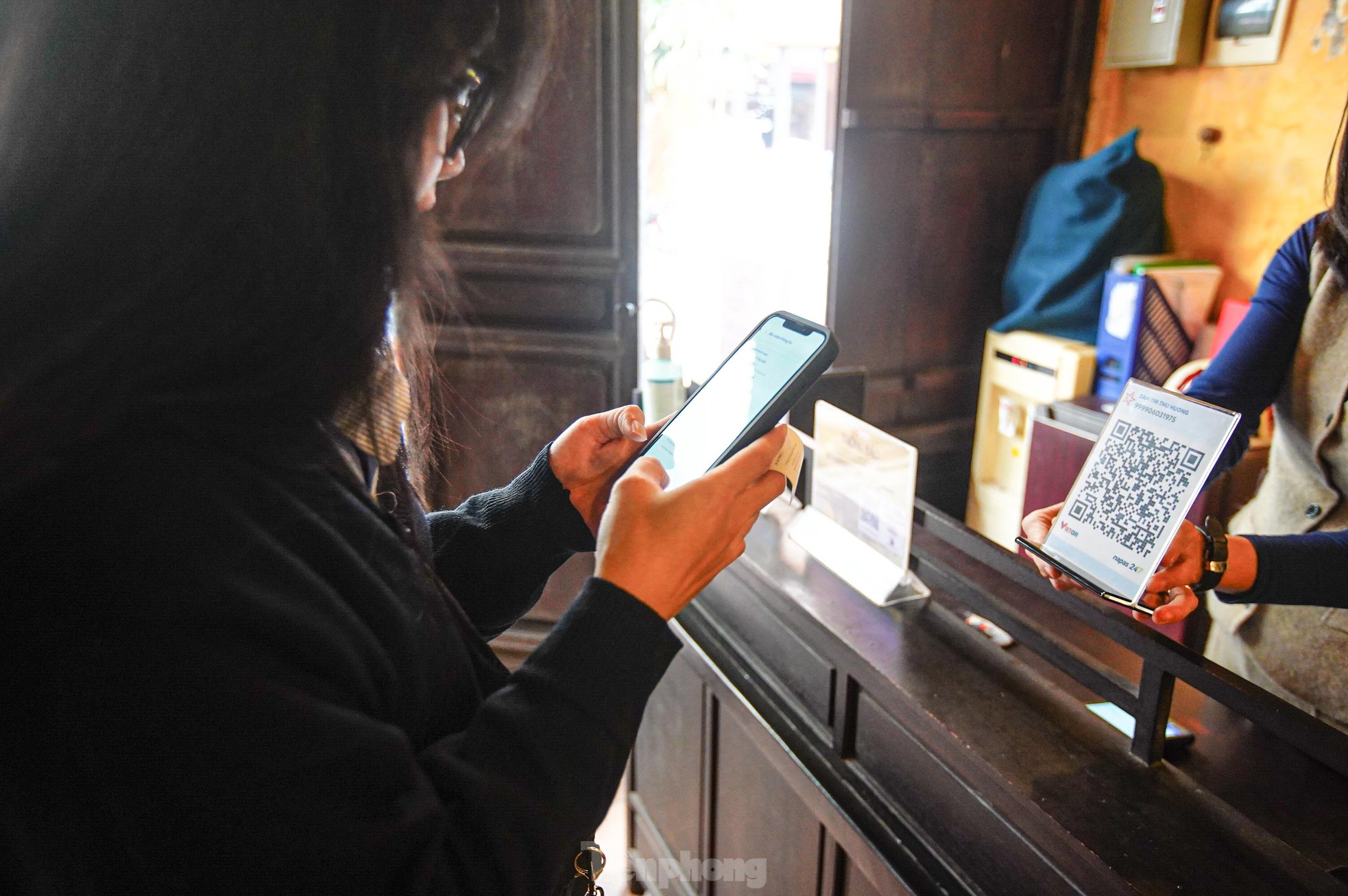 |
| Similarly, the implementation of electronic ticket collection is applied at Heritage House No. 87 Ma May. |
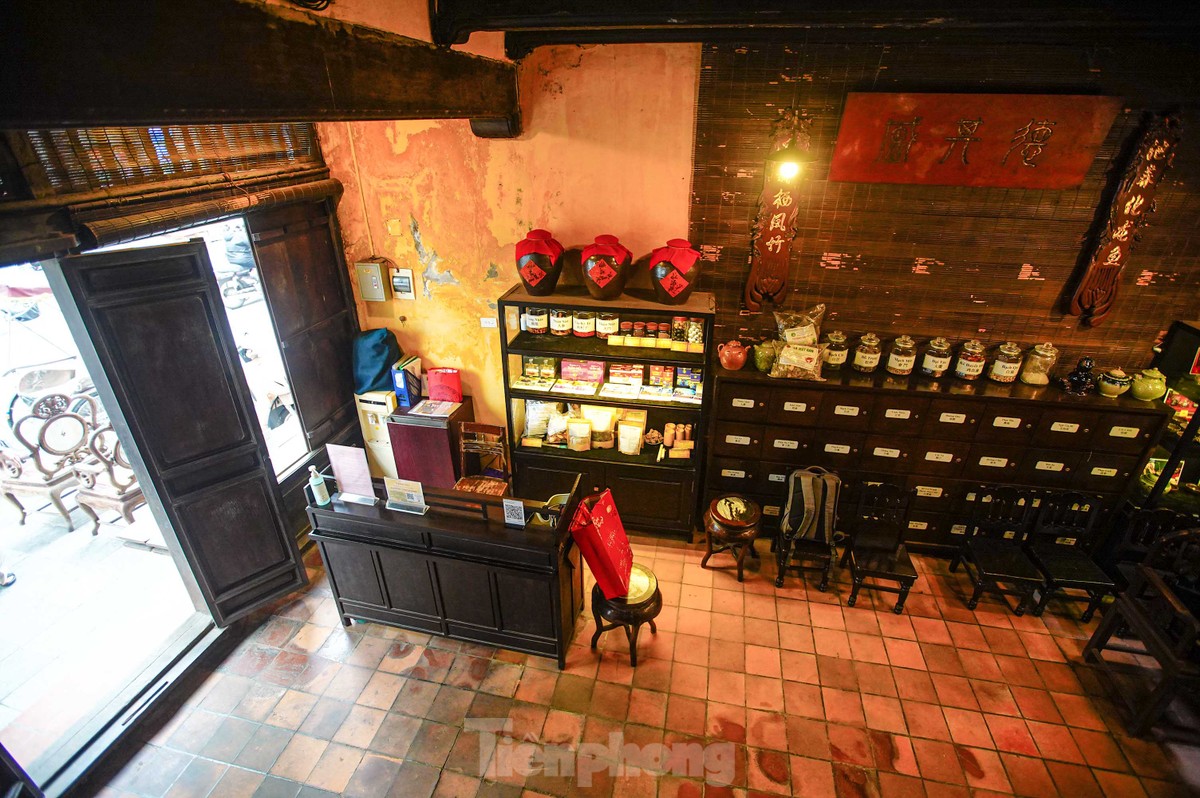 |
| The ancient house at 87 Ma May Street is one of the ancient houses with the typical architecture of old Hanoi. The house was built around the end of the 19th century, with a total land area of 157.6 m2. All architectural structures, wooden construction materials, and household items are kept intact. On February 16, 2004, the house at 87 Ma May Street was granted a National Heritage Certificate. |
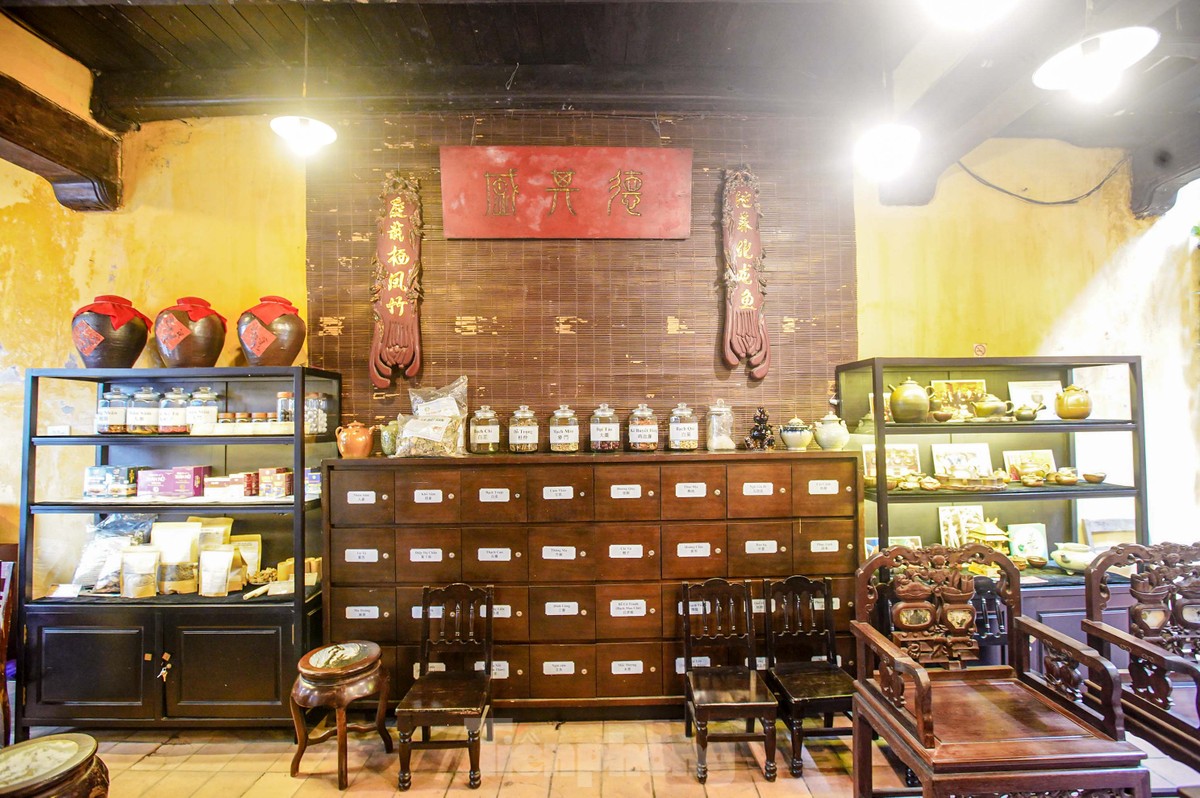 |
| Ma May Ancient House is one of 14 ancient houses in Hanoi that are being preserved and used as a tourist and exhibition site. The house has changed owners many times. In 1945, a merchant selling traditional medicine bought this house. Five families lived here from 1954 to 1999. At the end of 1998, the house was invested in and renovated under the cooperation framework between Hanoi and Toulouse (France), completed in 1999. |
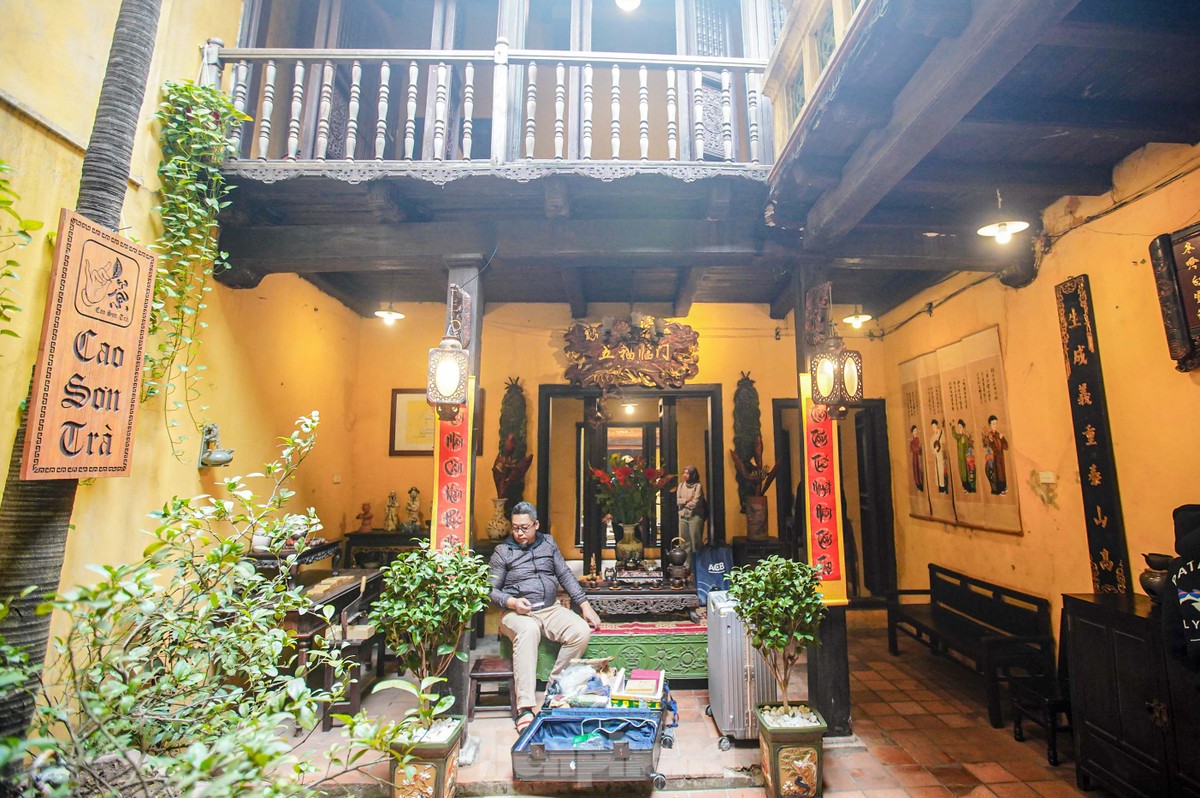 |
| Currently, the house has become an information and propaganda point to introduce to the people and tourists about the Vietnamese townhouses in Hanoi's Old Quarter. Tourists who come to visit the house will understand more about the lifestyle of the ancient Hanoians. This is also a place to introduce ancient Hanoi architecture and suggest to the people of the Old Quarter how to preserve and restore ancient houses. |
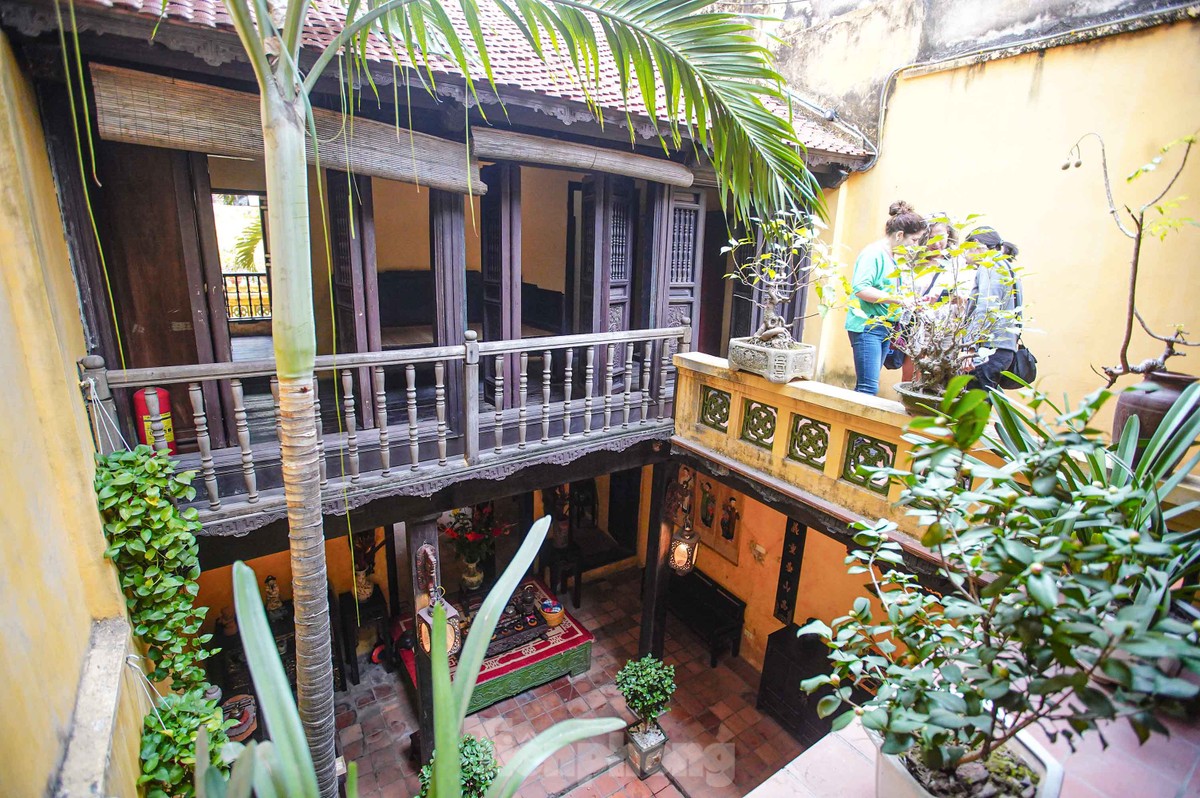 |
| The ancient house is mainly made of wood, including a system of wooden columns, wooden rafters and wooden beams. All architectural details inside the ancient house of Ma May are built symmetrically, the main door in the middle and two large windows on the side are used for trading. |
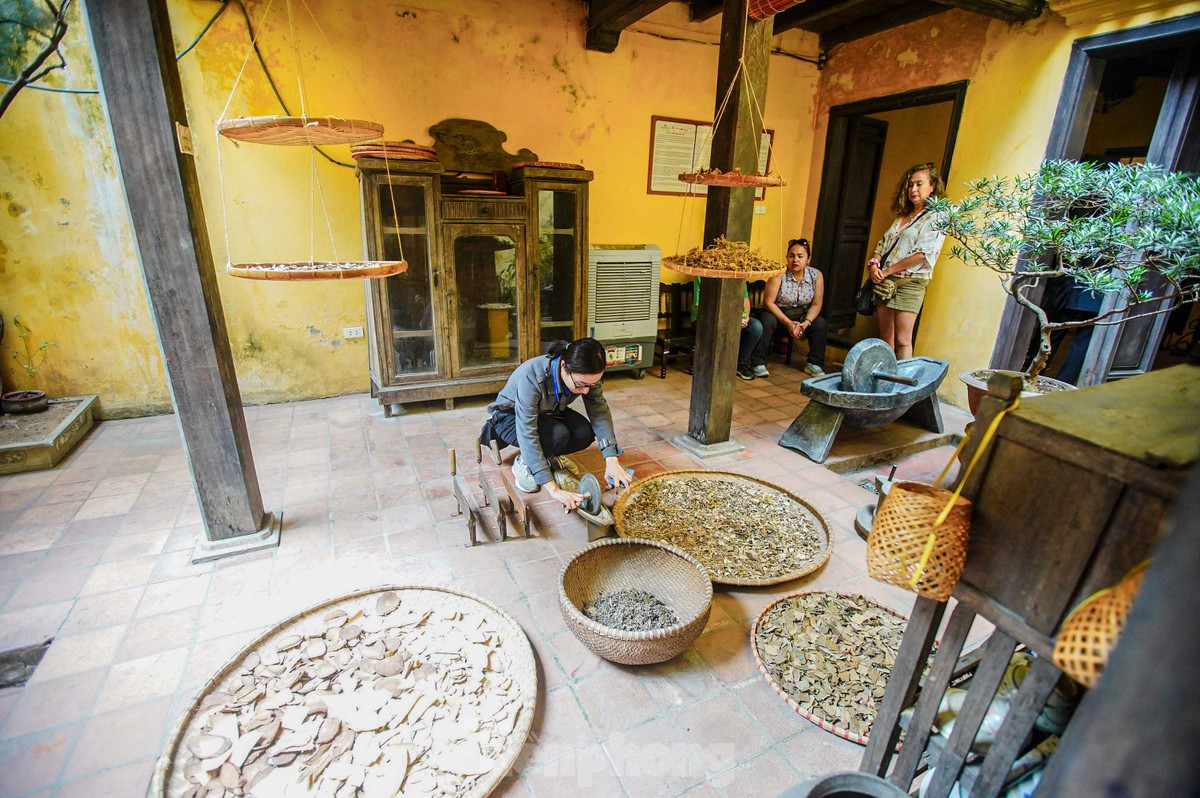 |
| Traditional medicine preparation space at the heritage house. |
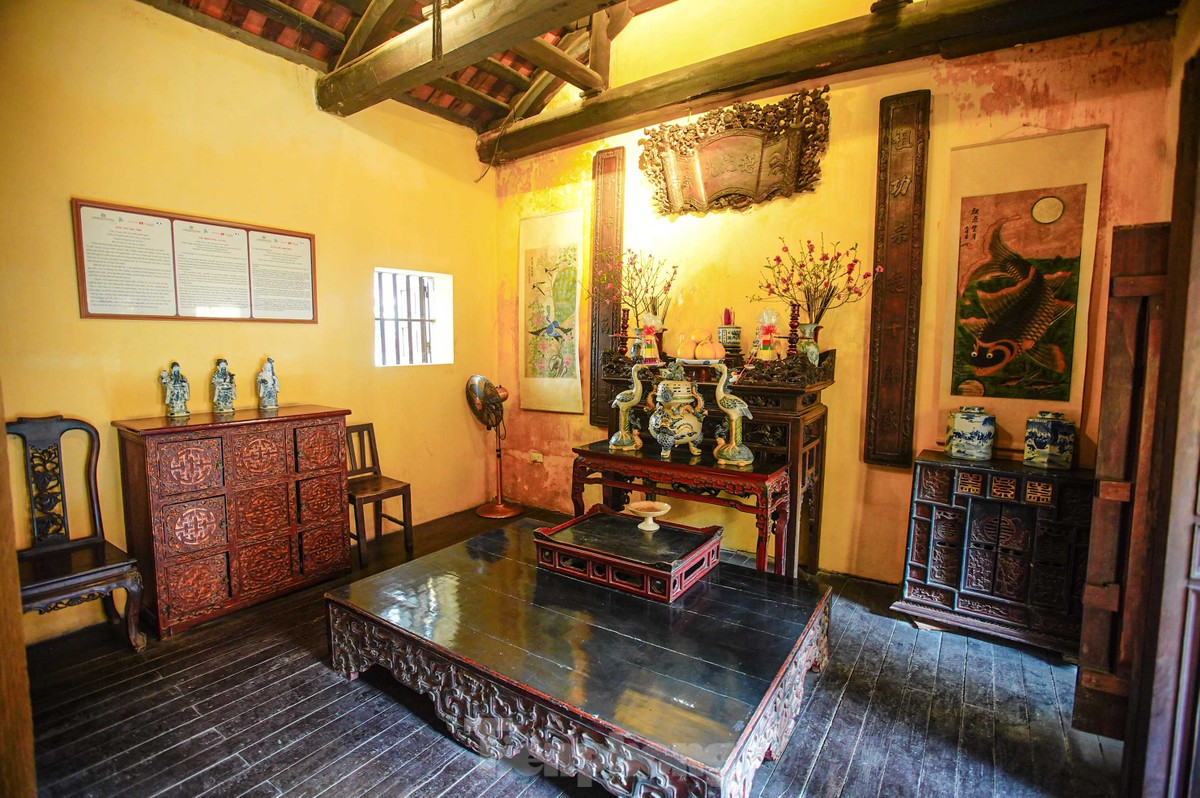 |
| The worship area has the architecture of ancient Vietnamese people. On the altar are objects symbolizing the five elements: Metal, Wood, Water, Fire, Earth. |
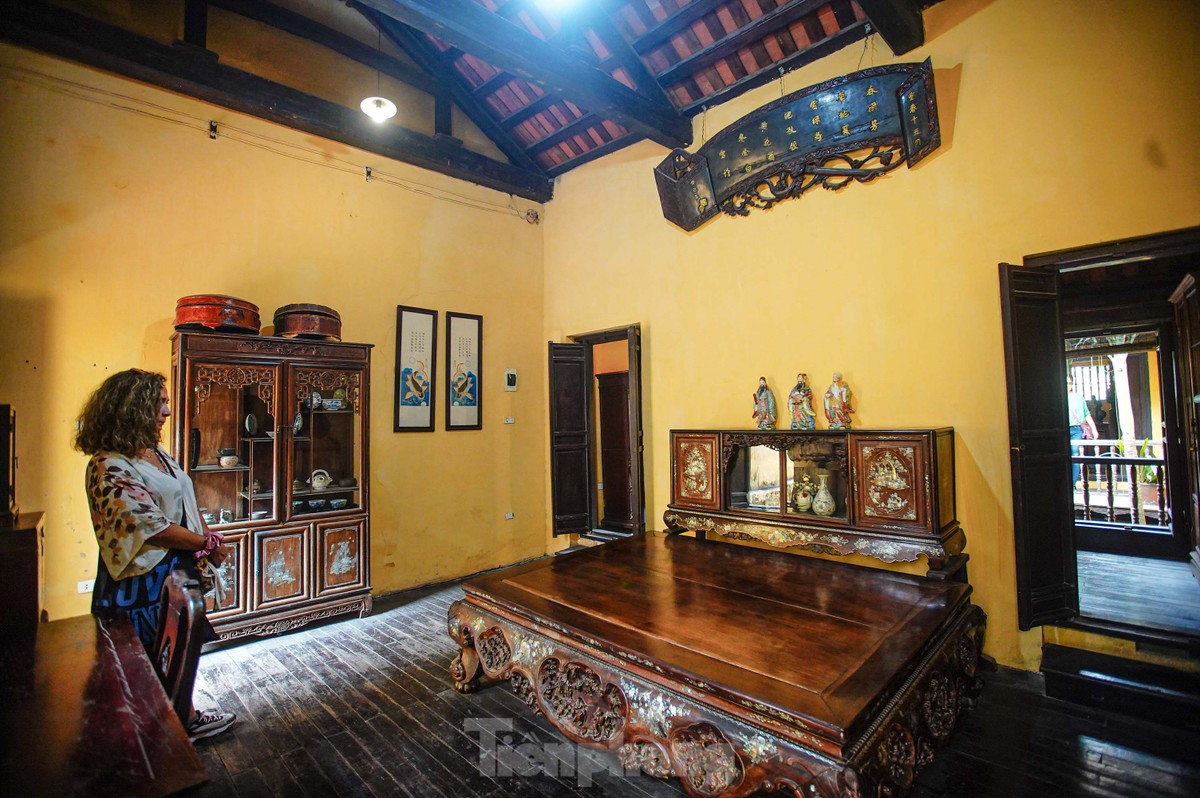 |
| 2nd floor space at Heritage House 87 Ma May. |
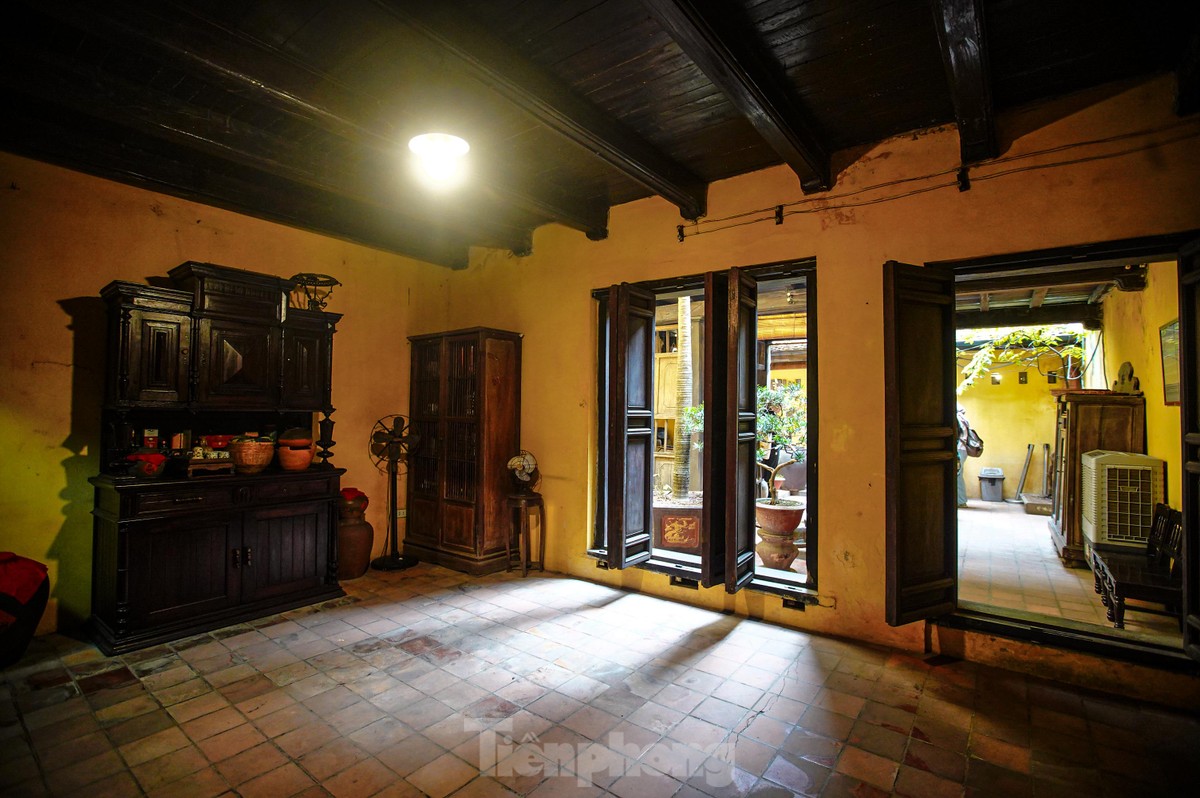 |
| This is one of the ancient houses with typical architecture of old Hanoi, built with a living space in the shape of a tube and creatively adding many layers of houses. |
Source: https://tienphong.vn/net-doc-dao-cua-hai-di-tich-pho-co-ha-noi-vua-thu-phi-tham-quan-post1710997.tpo
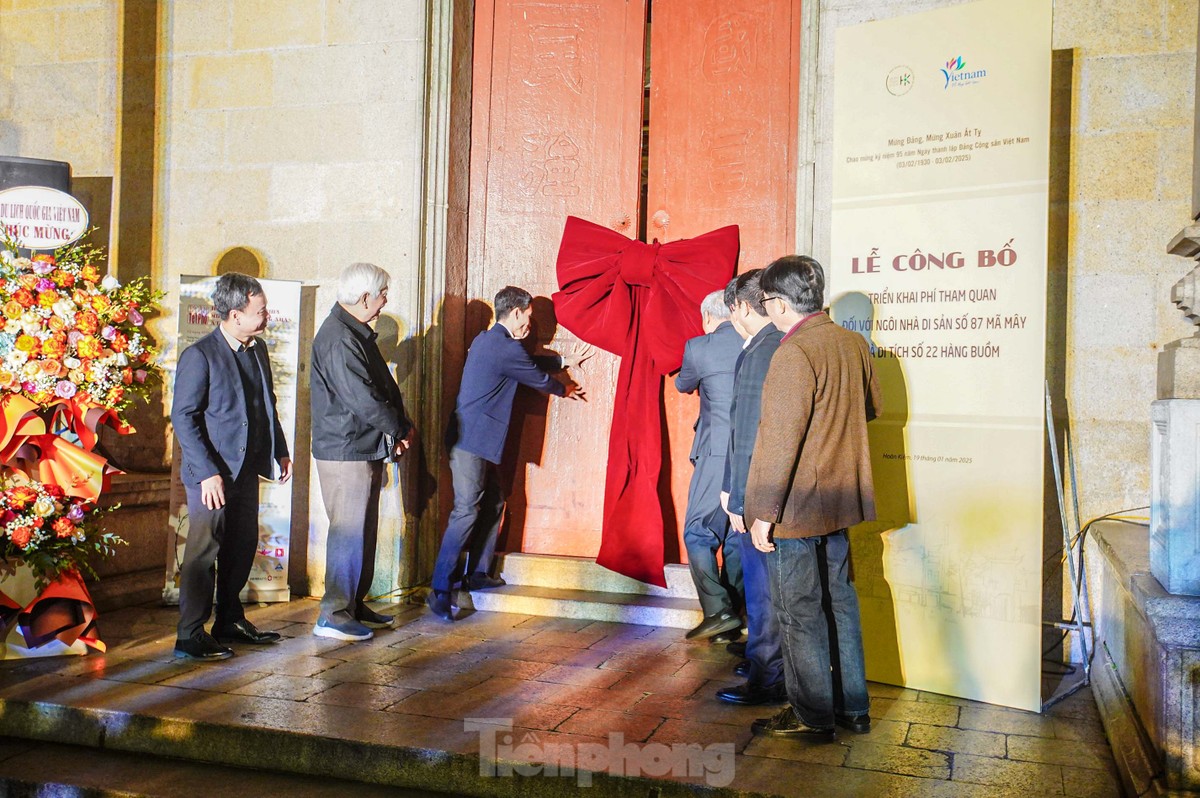
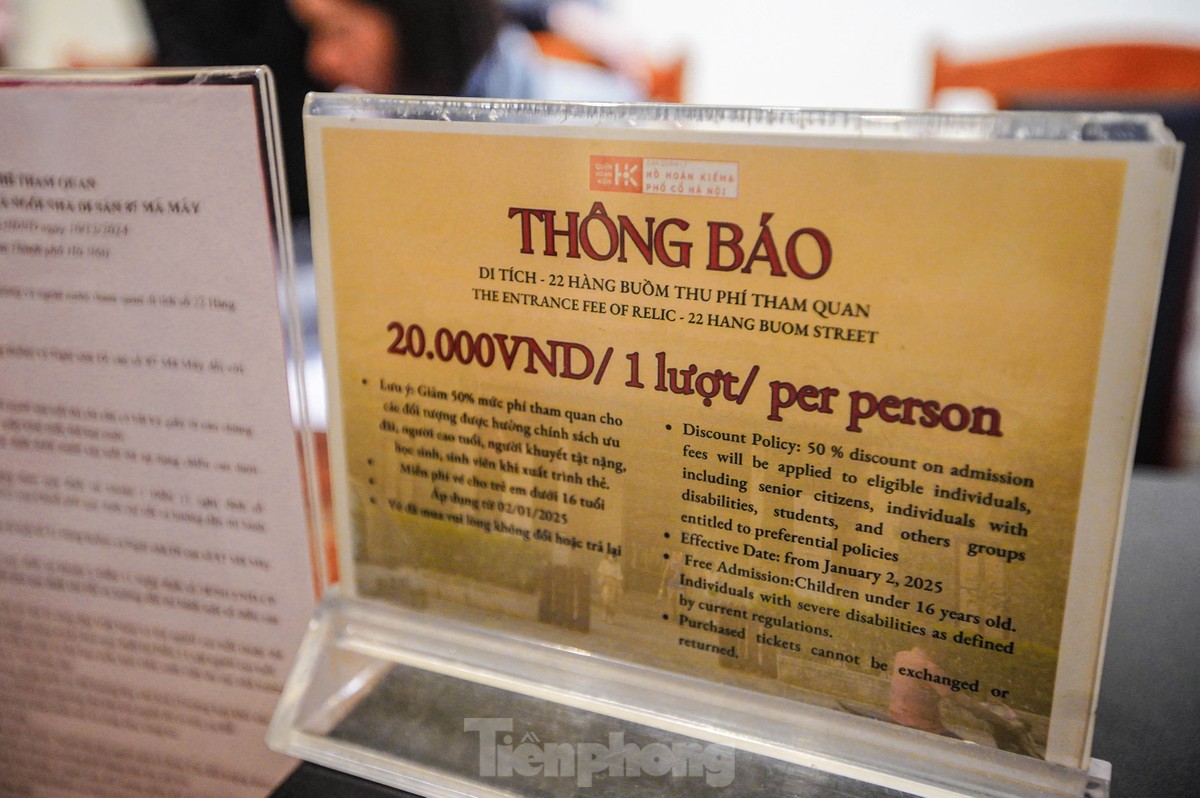
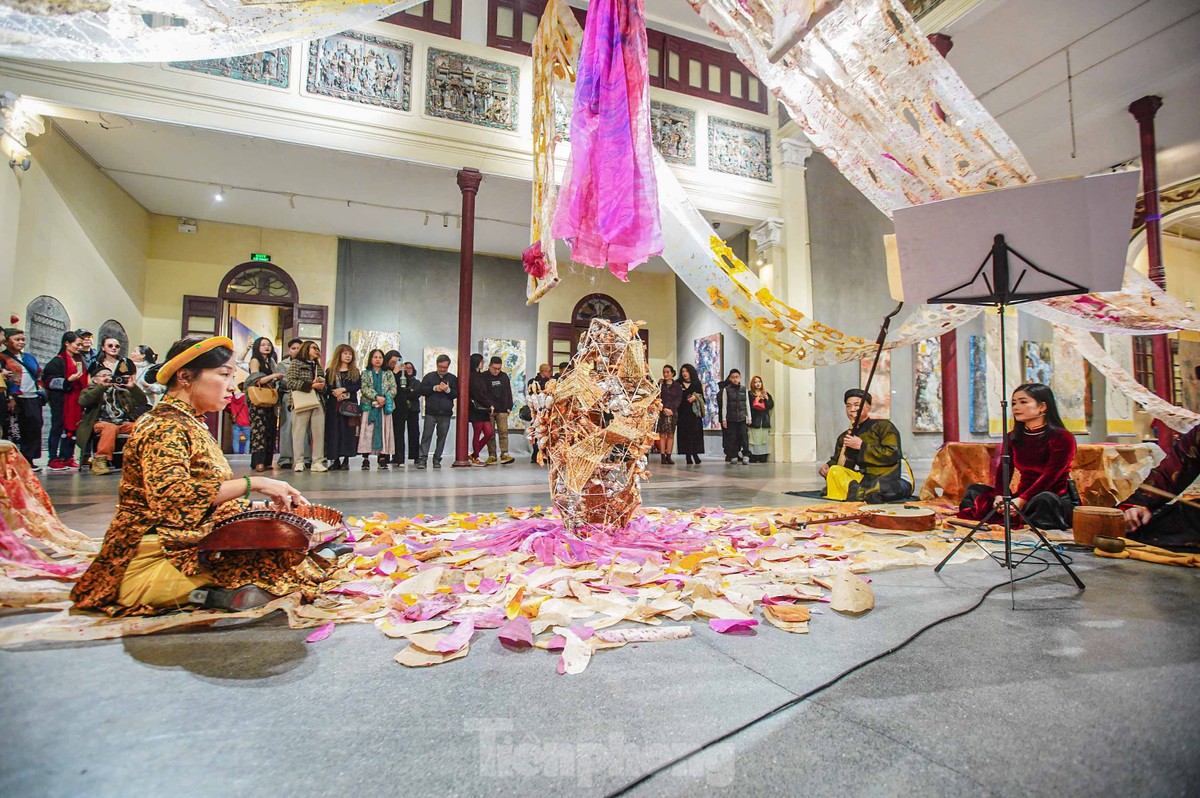
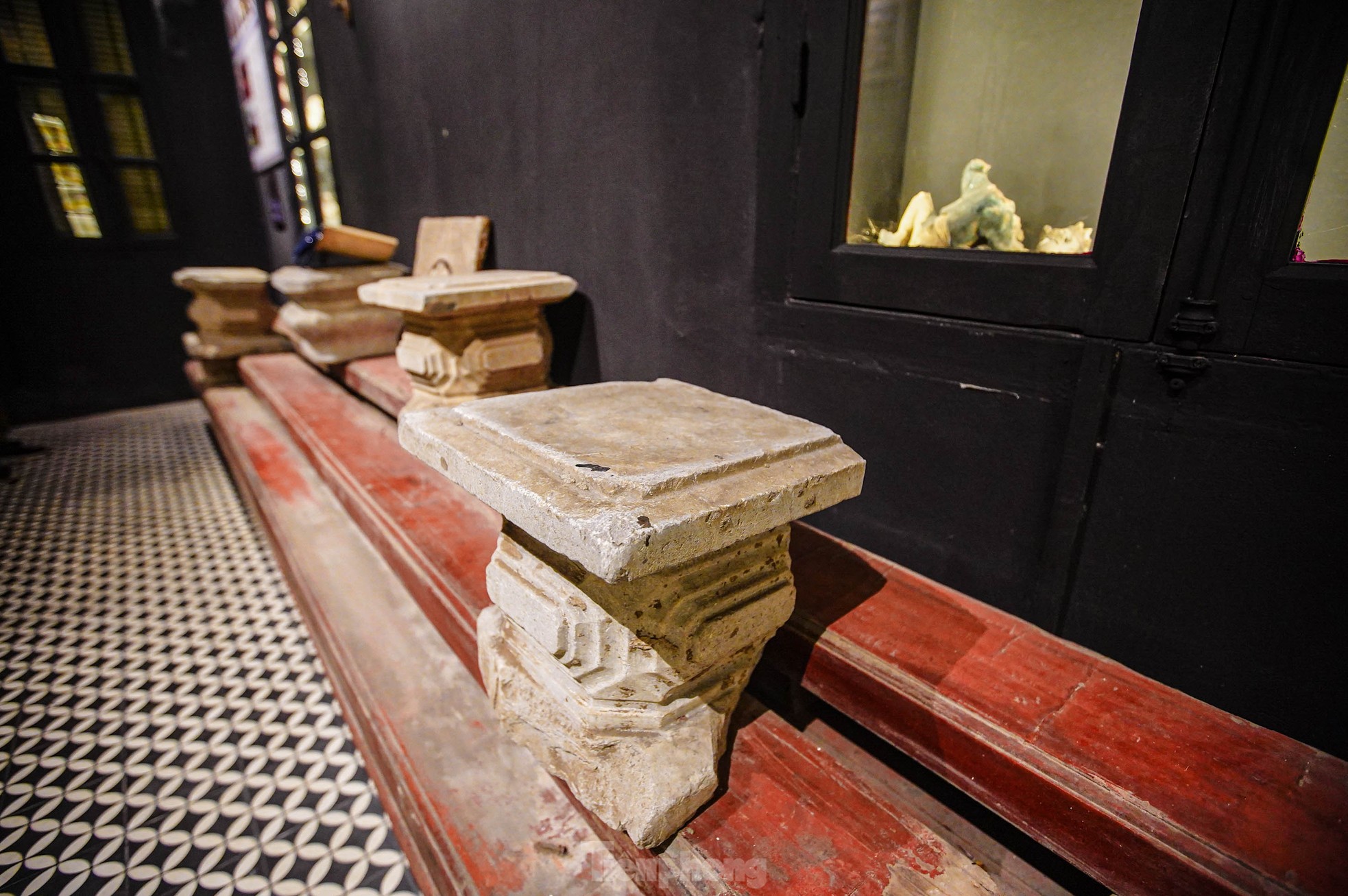
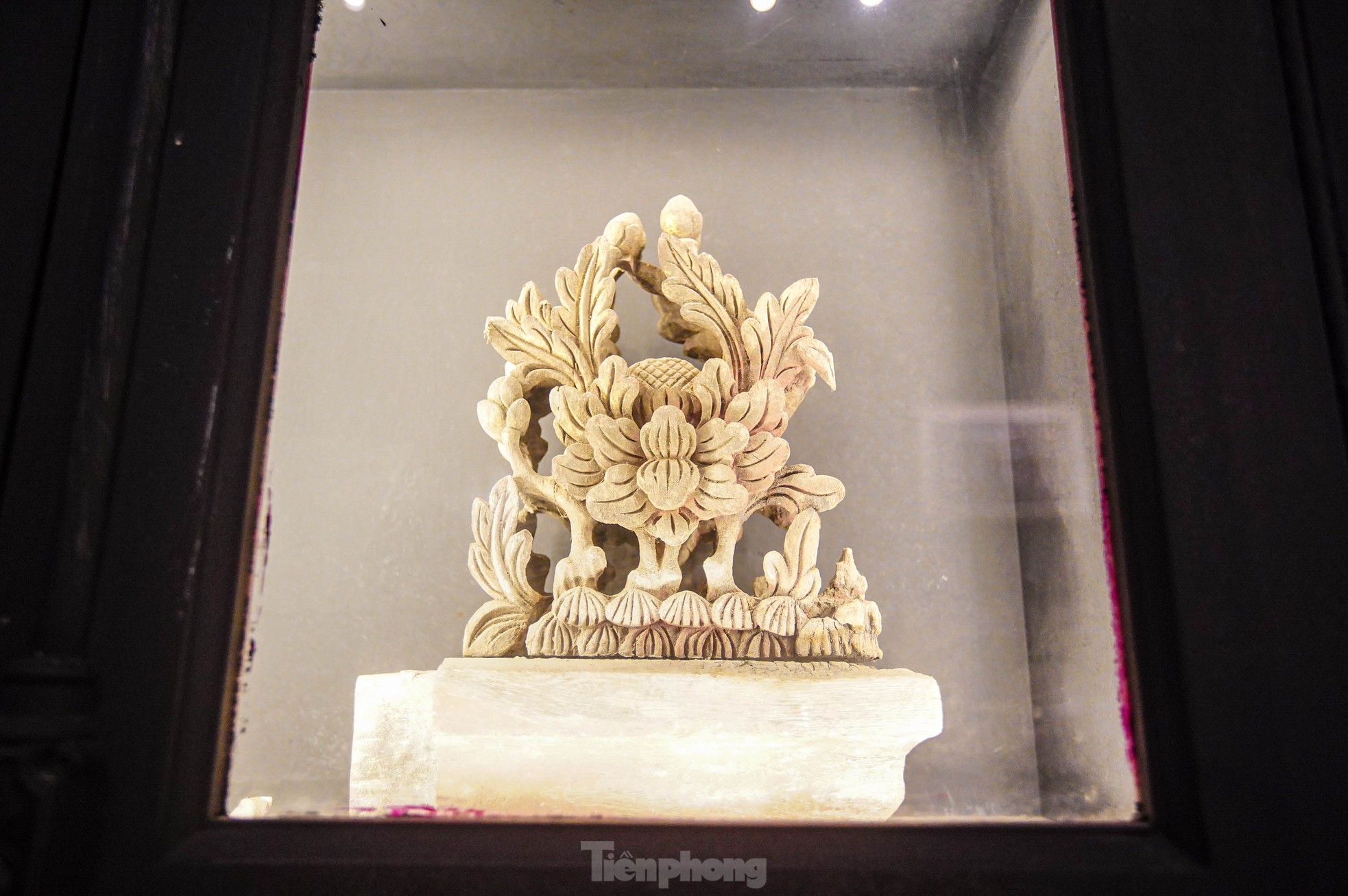
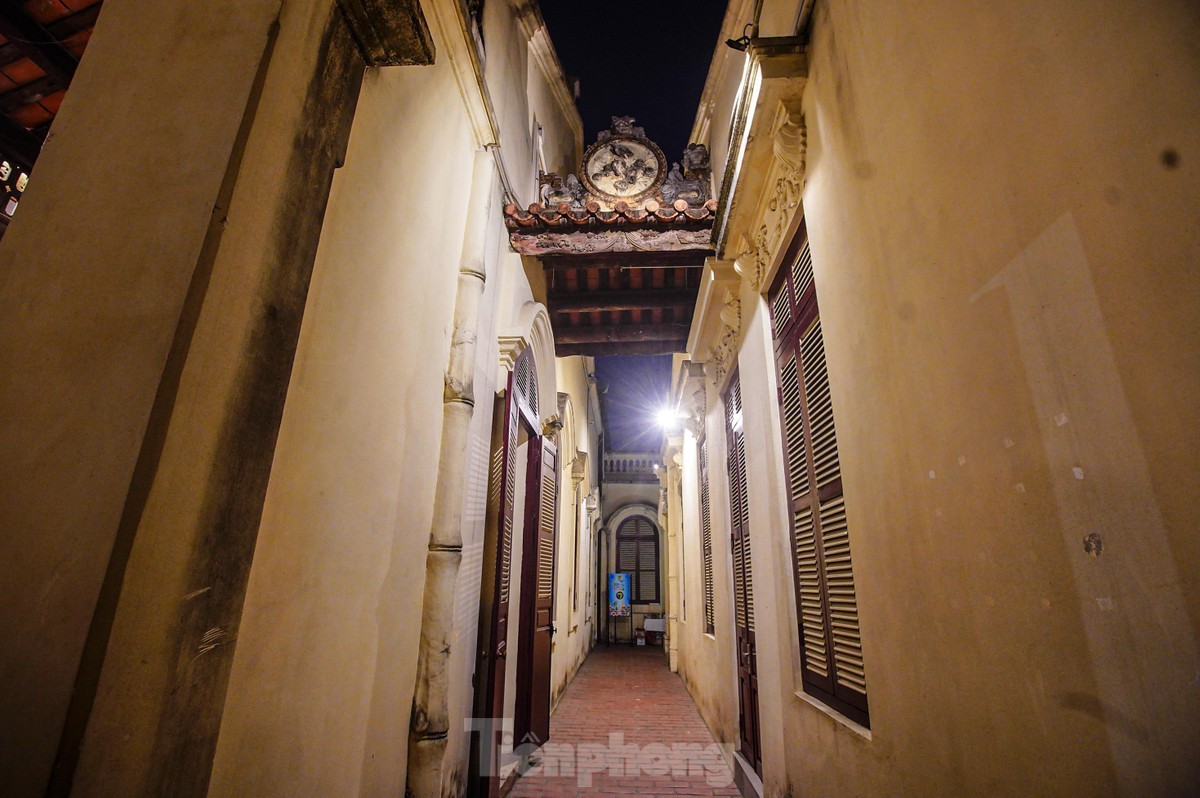
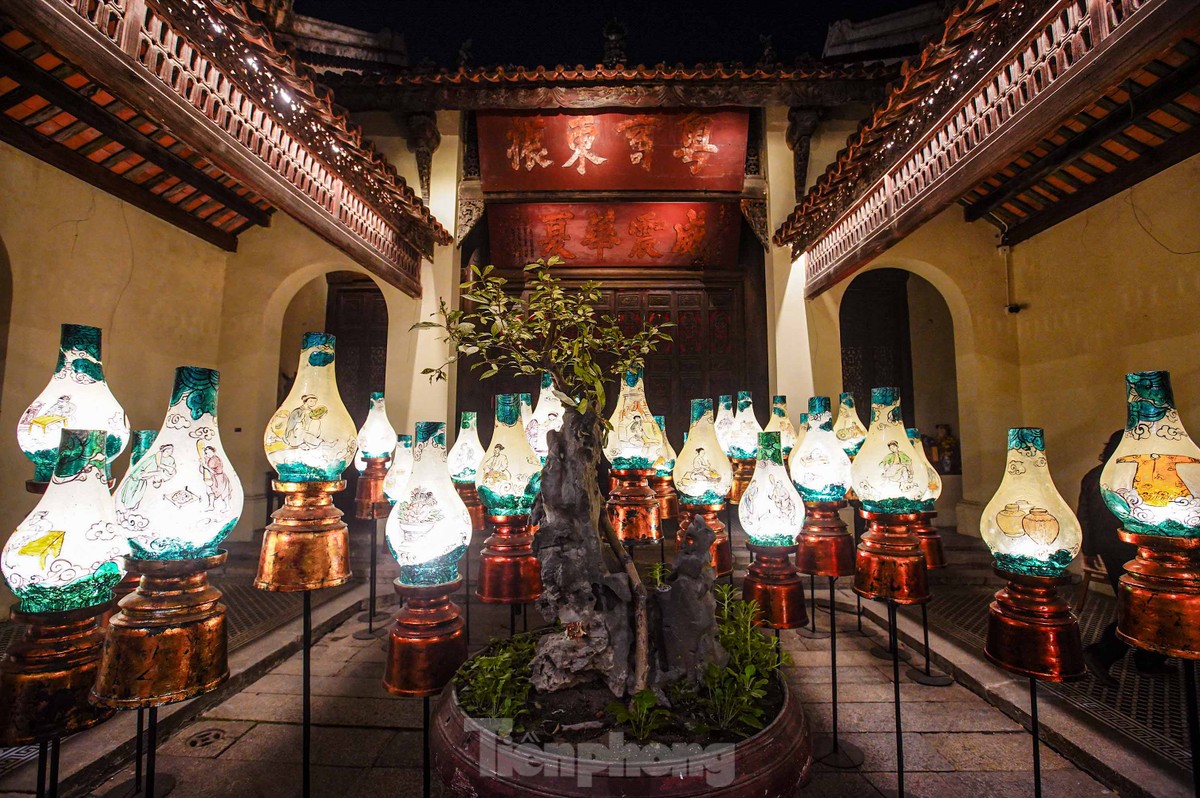
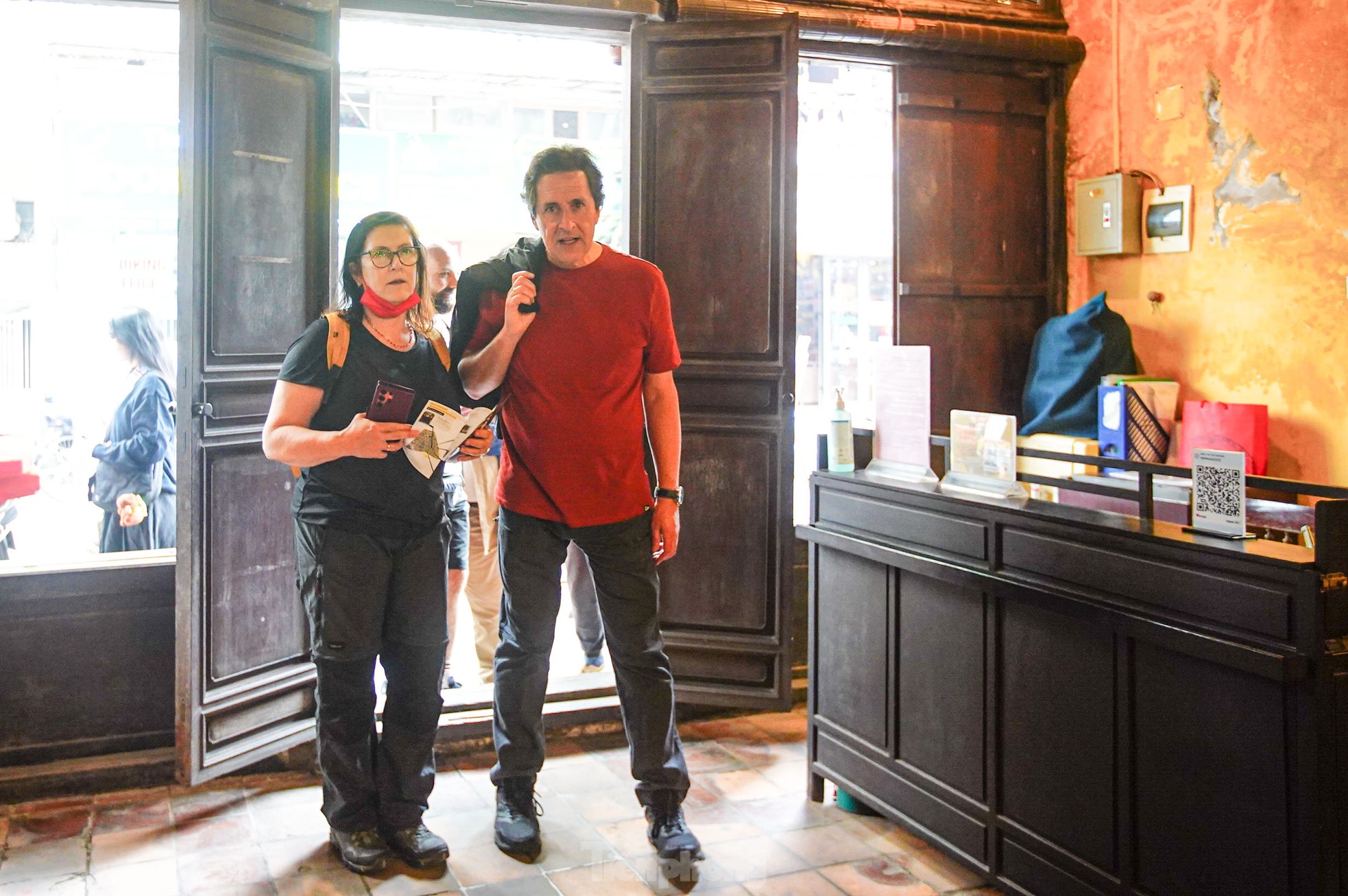
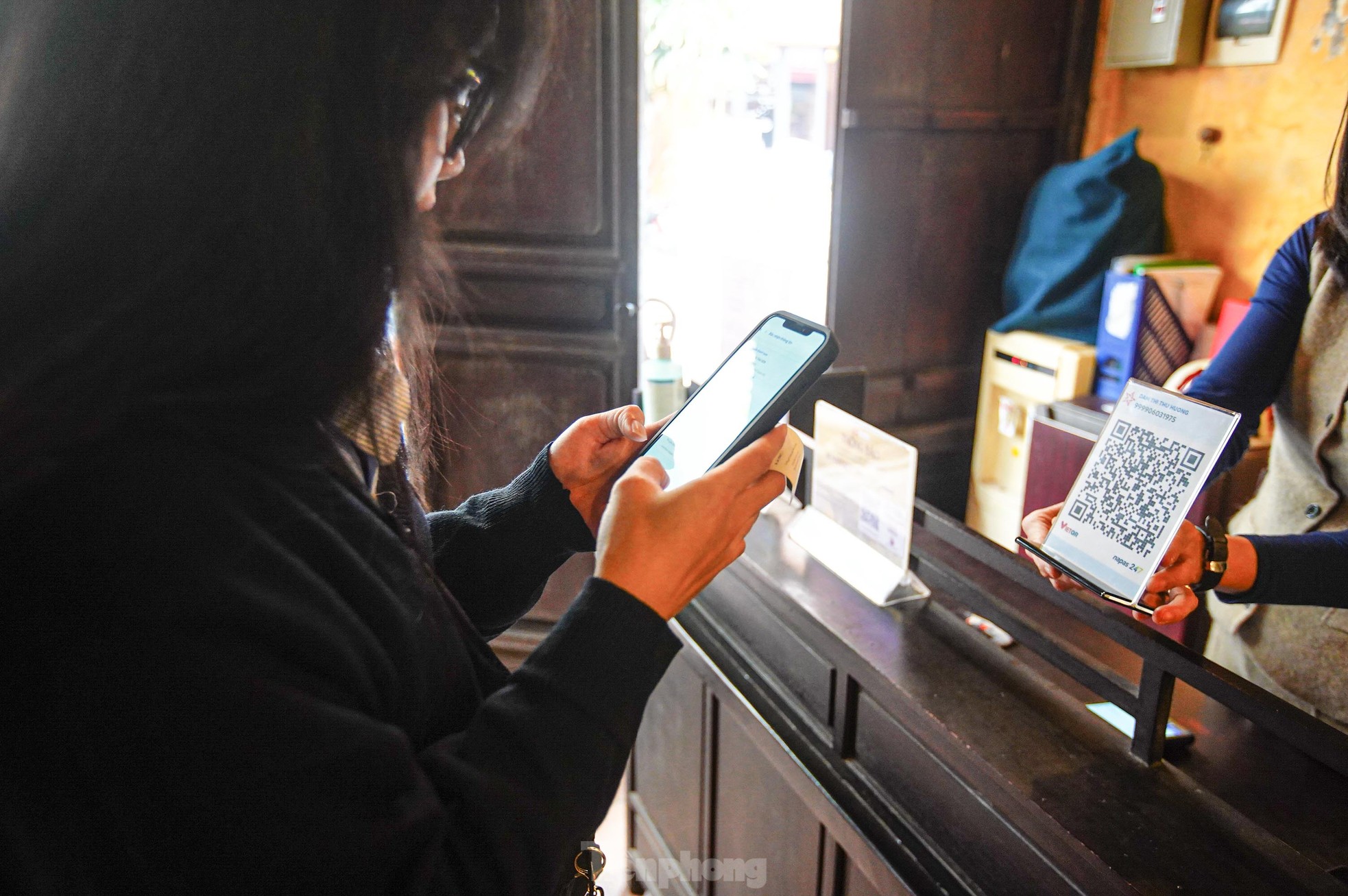
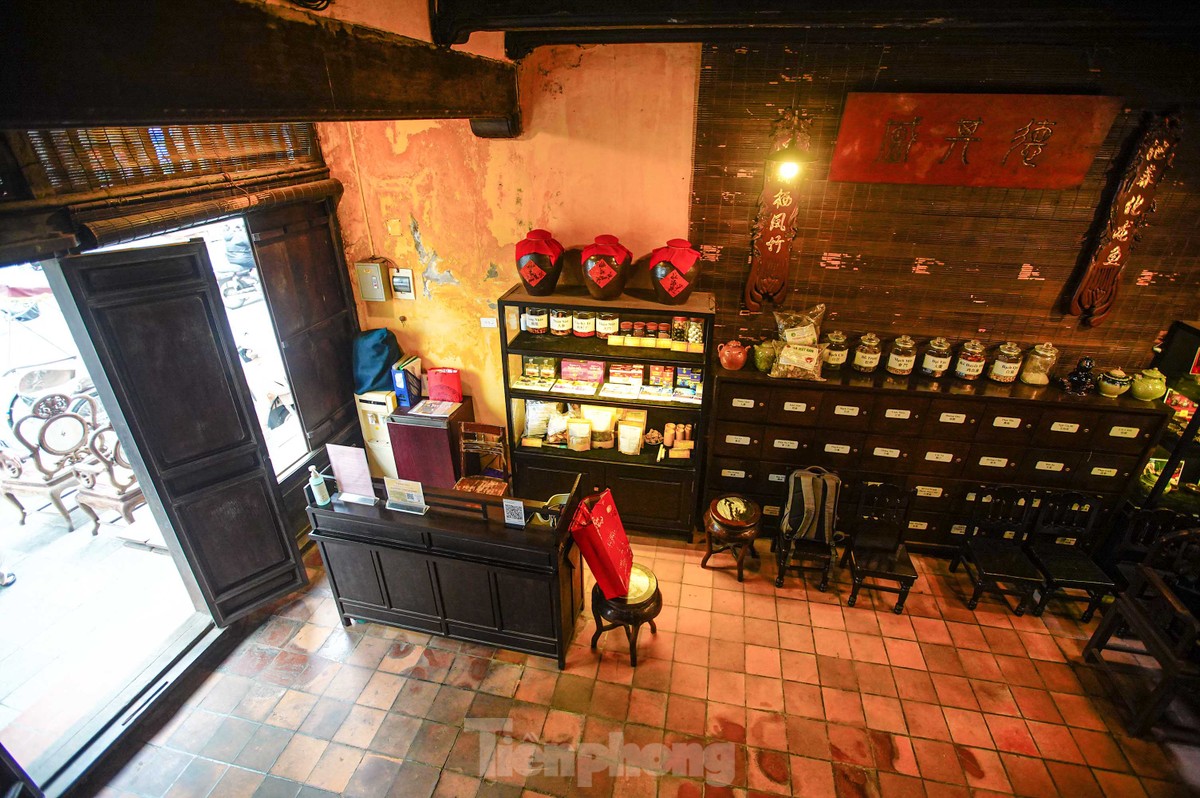
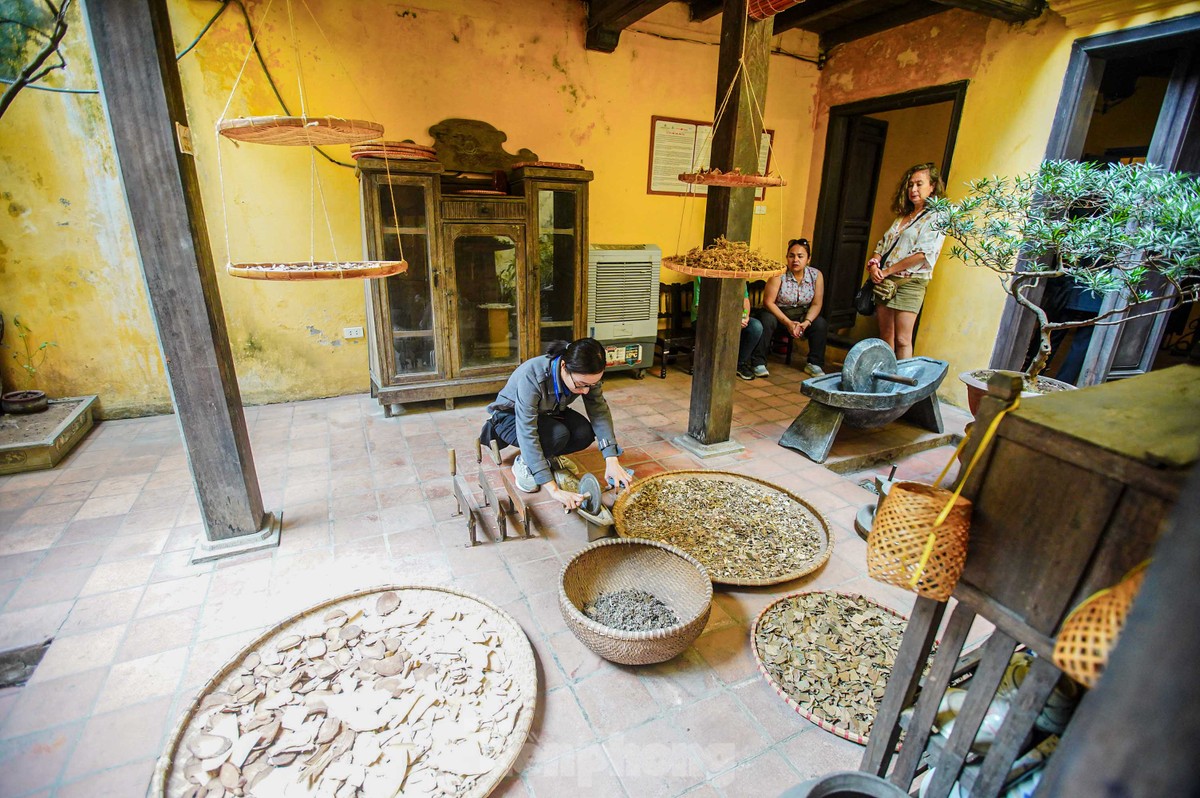
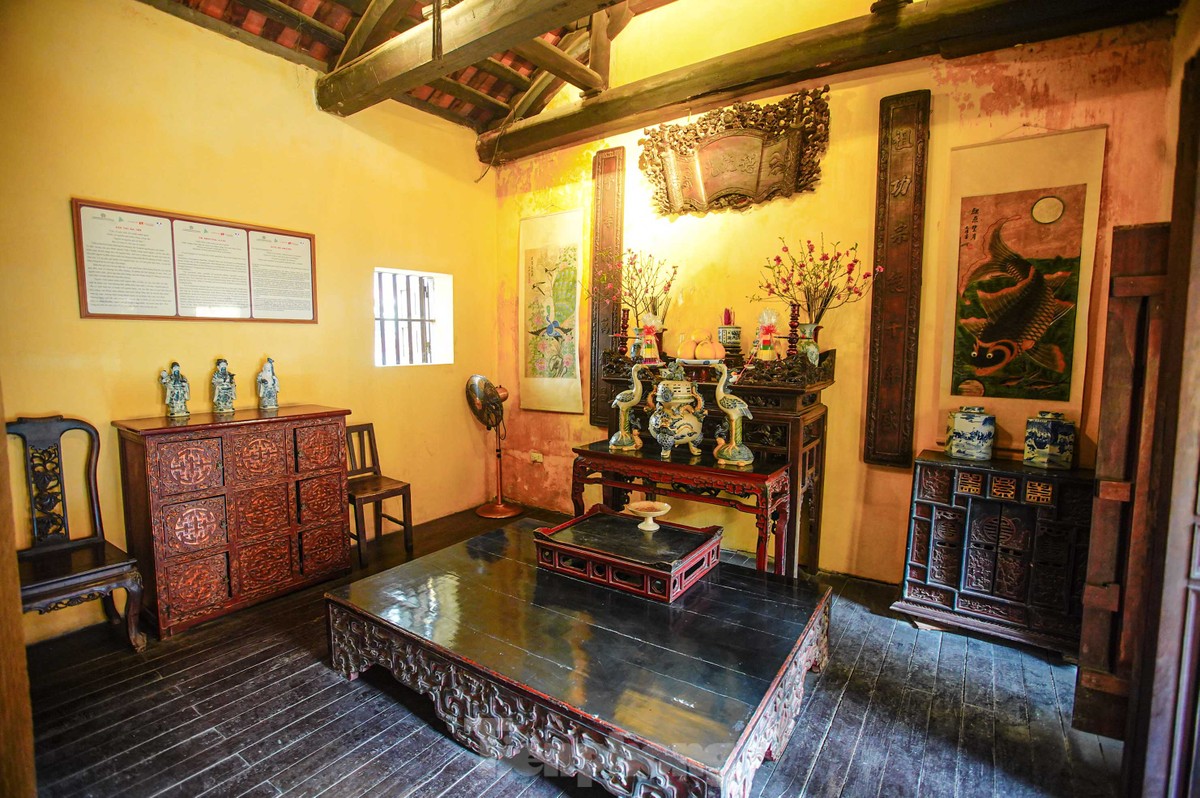
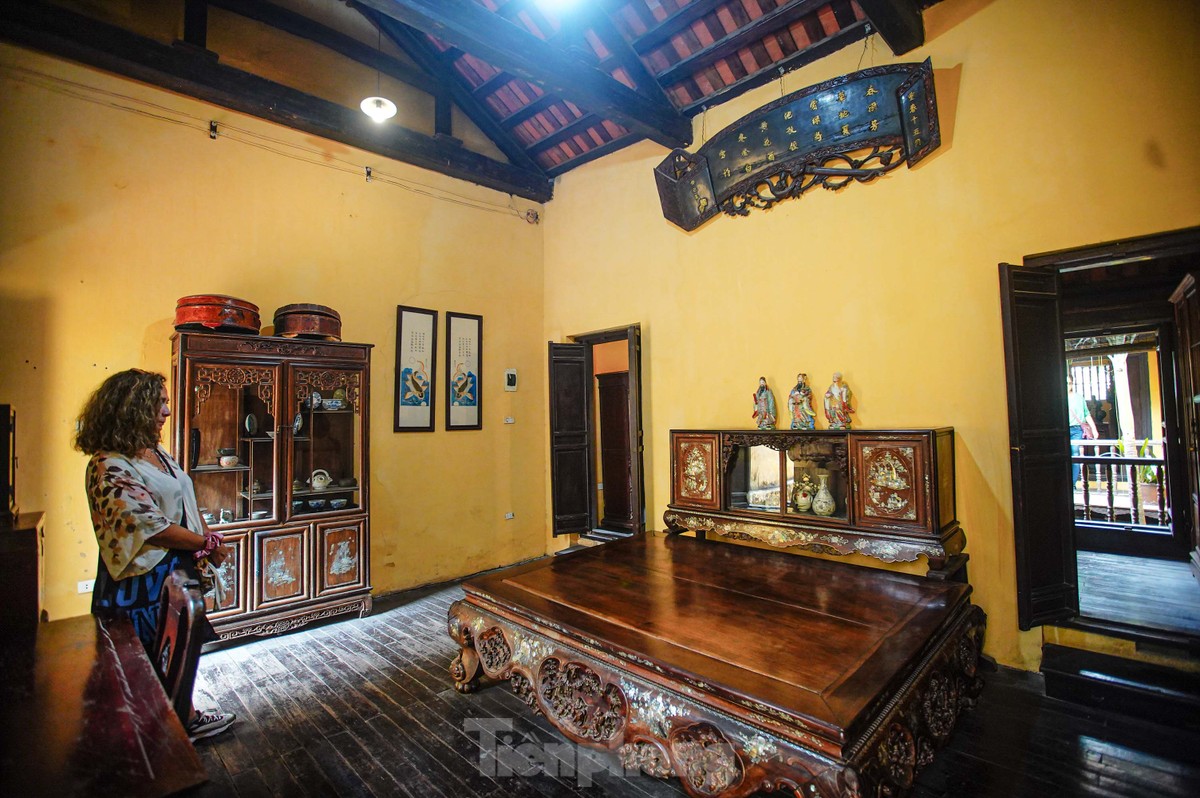
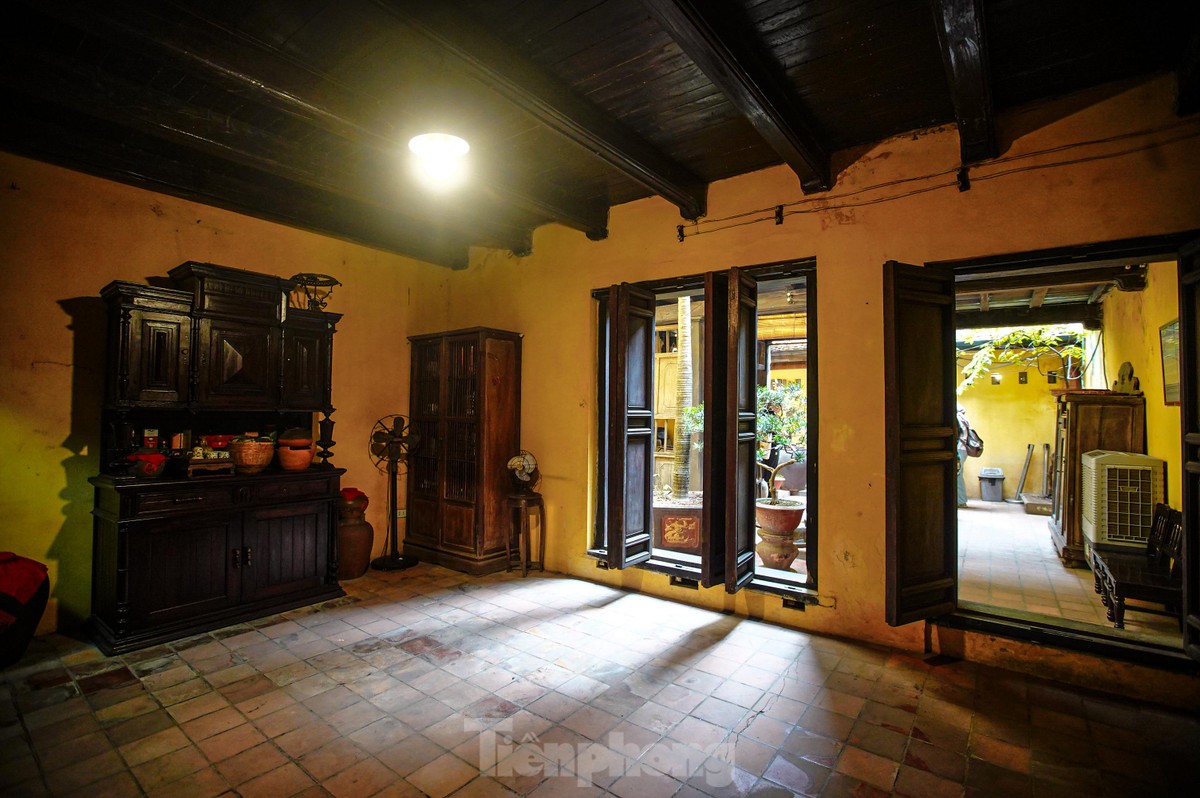


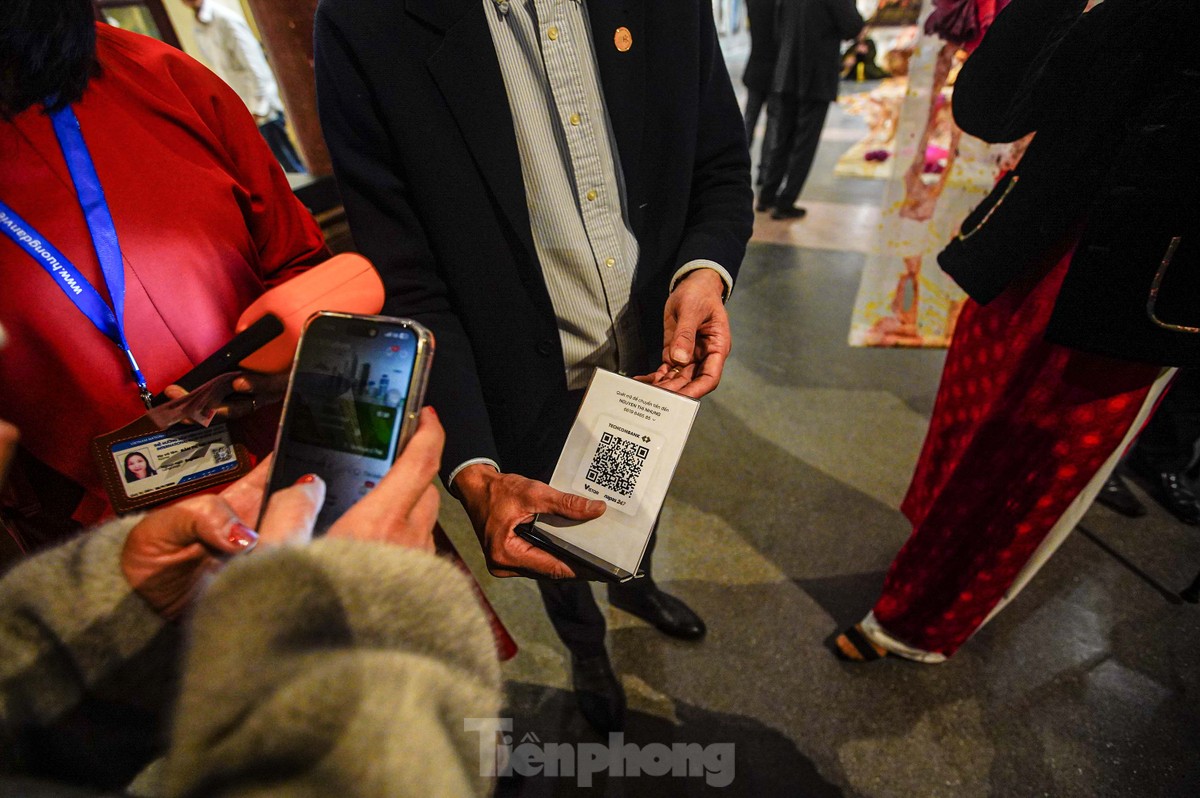


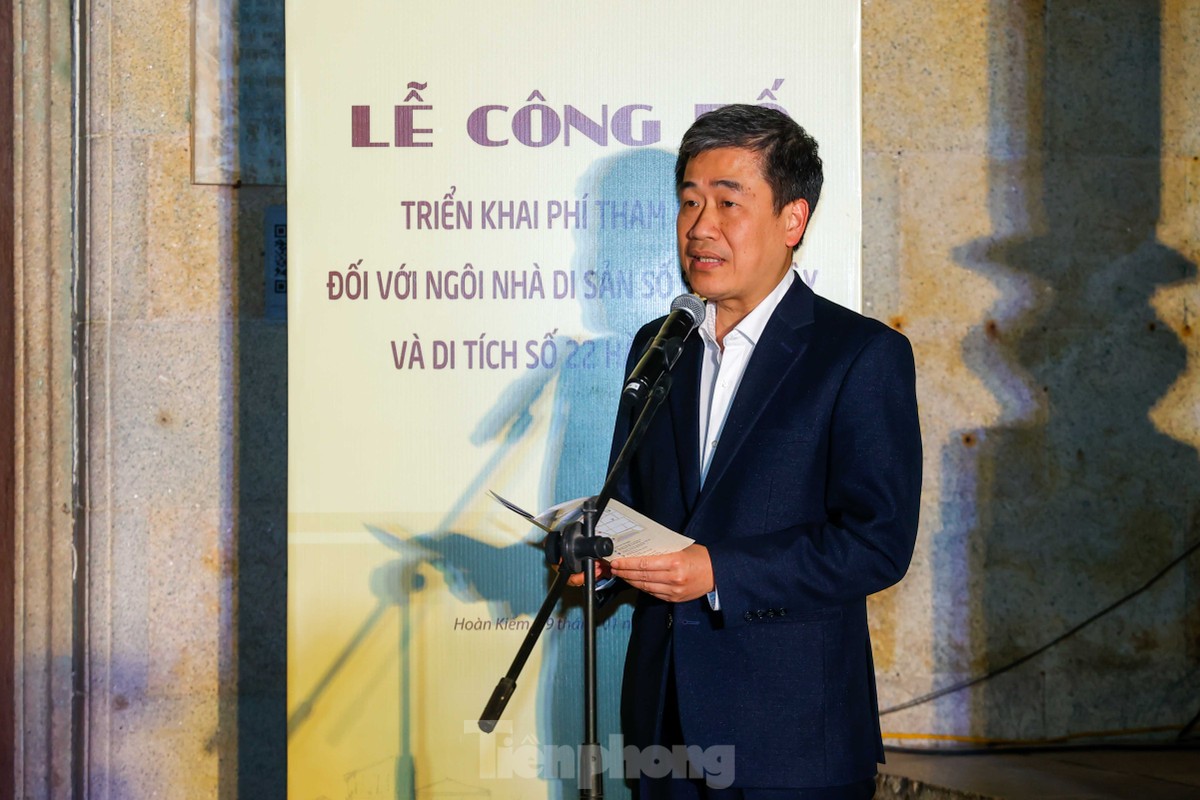
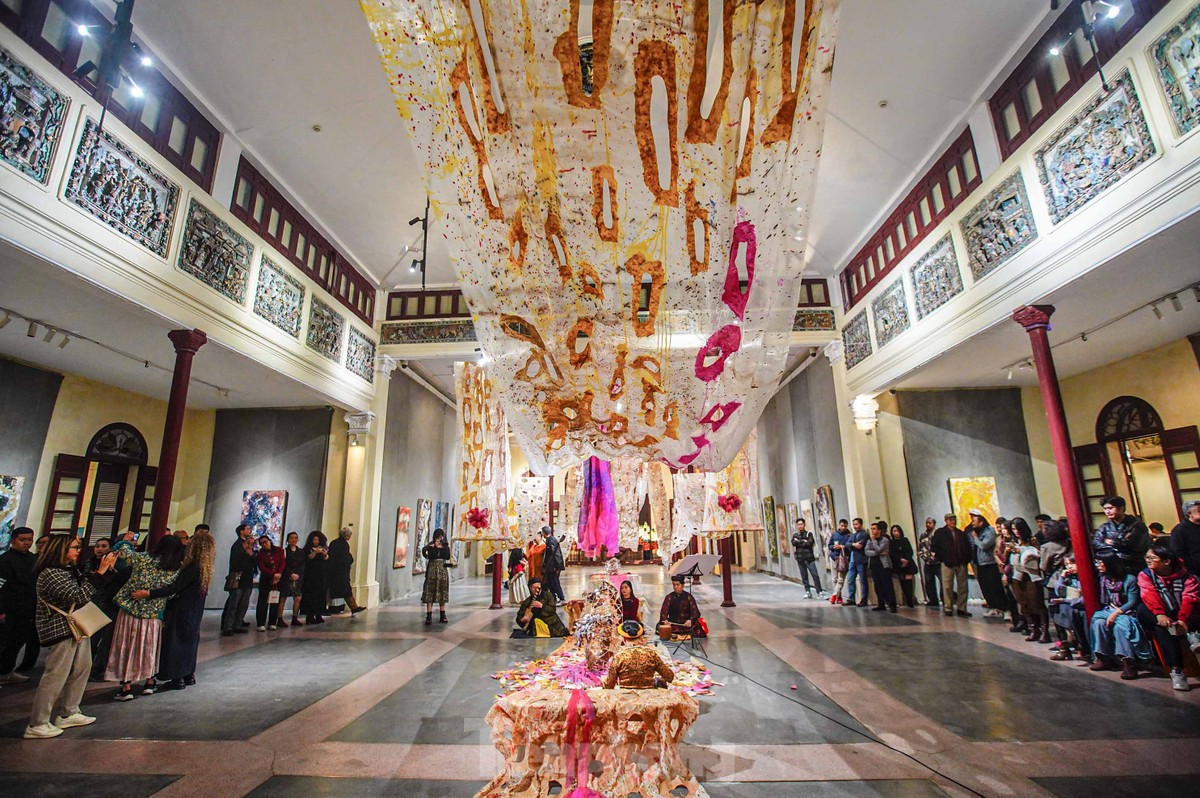

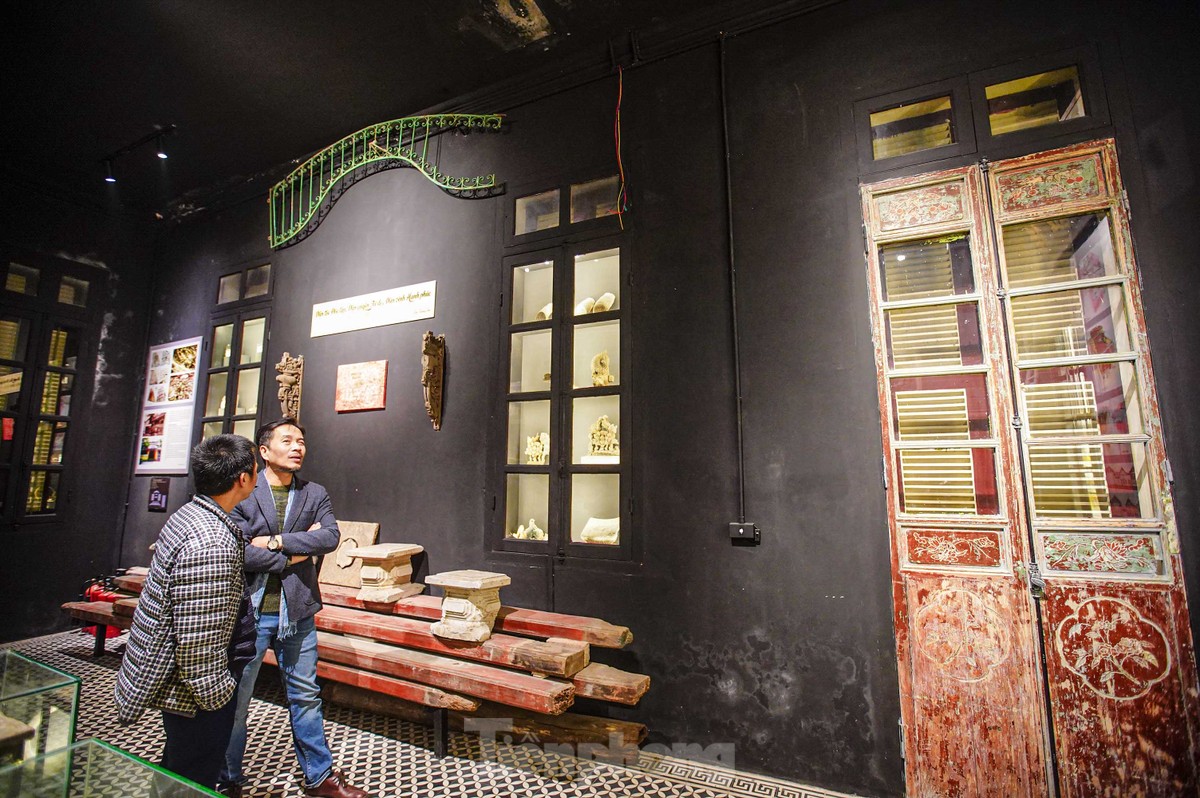
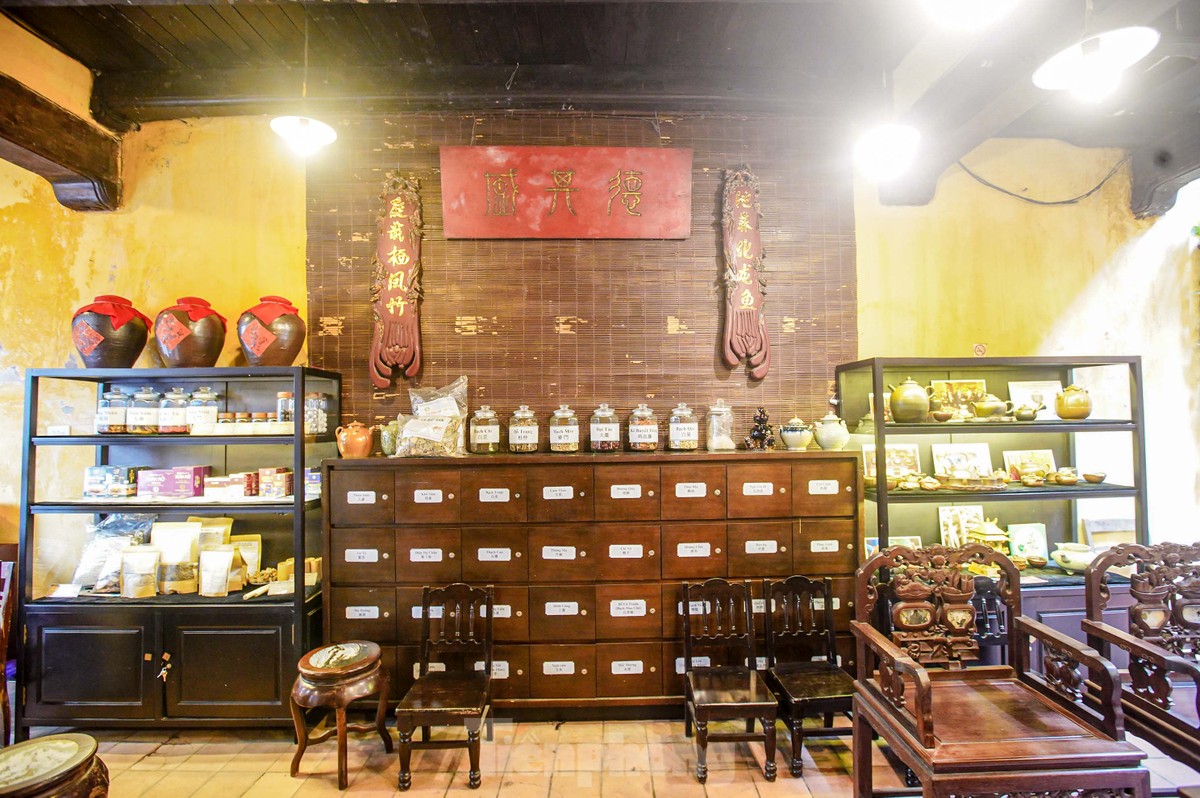
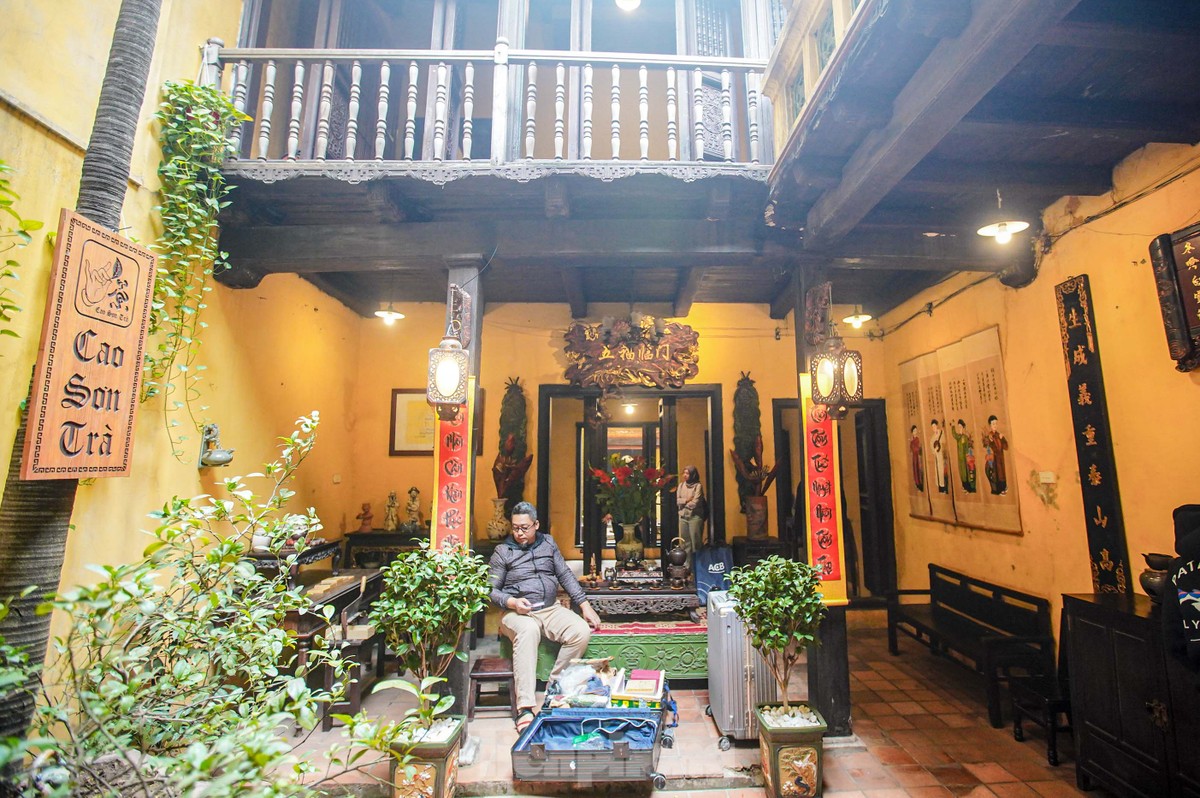
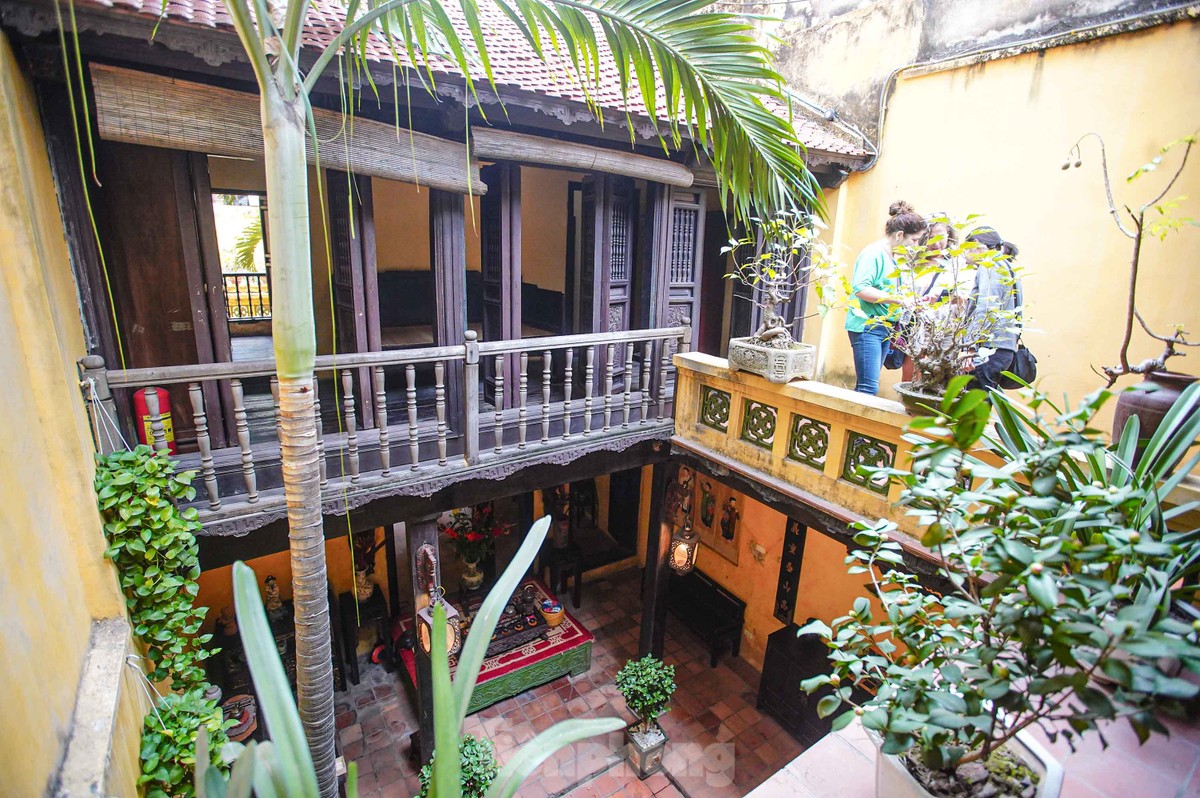




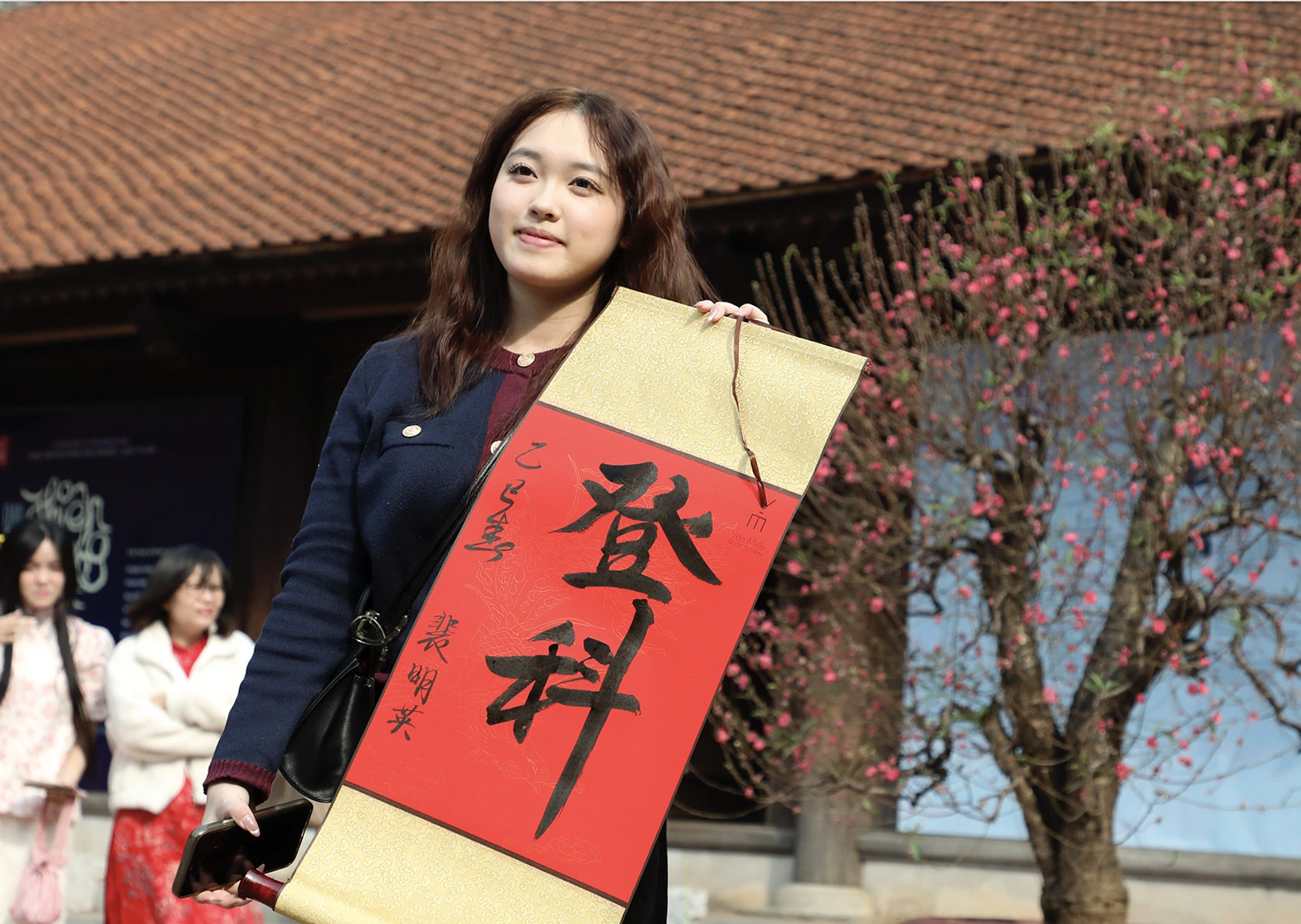
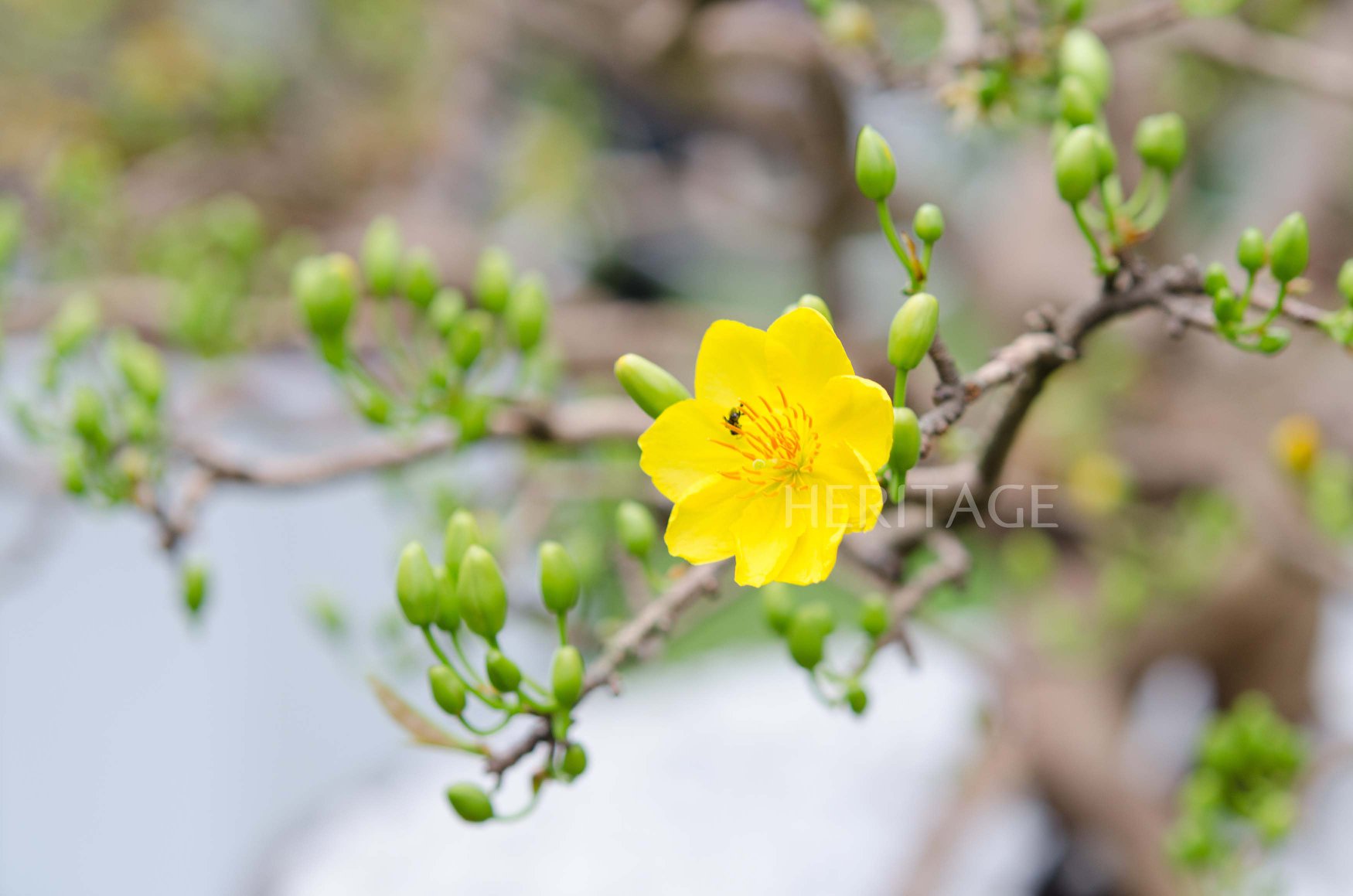















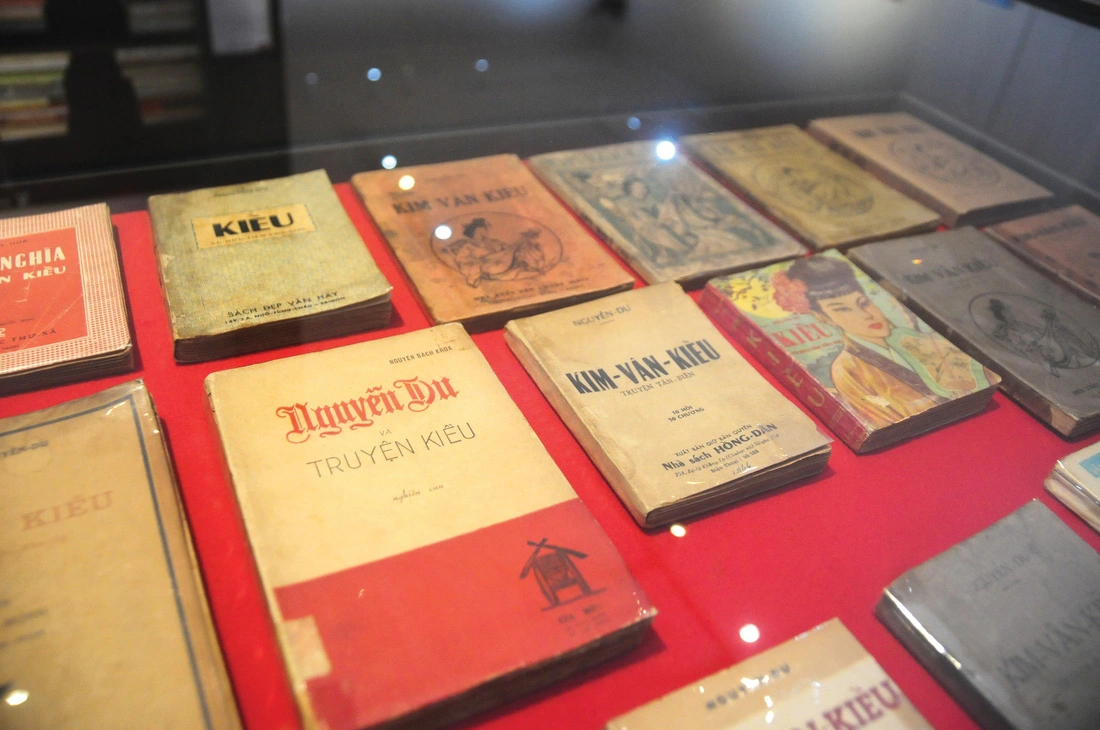

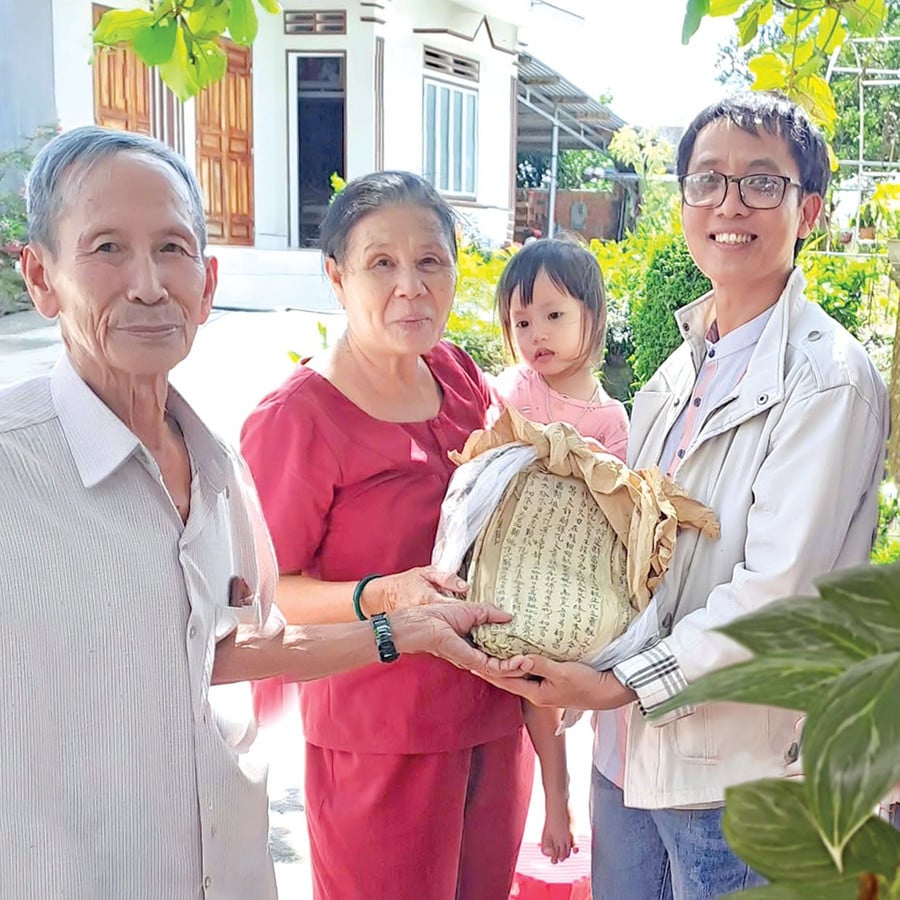



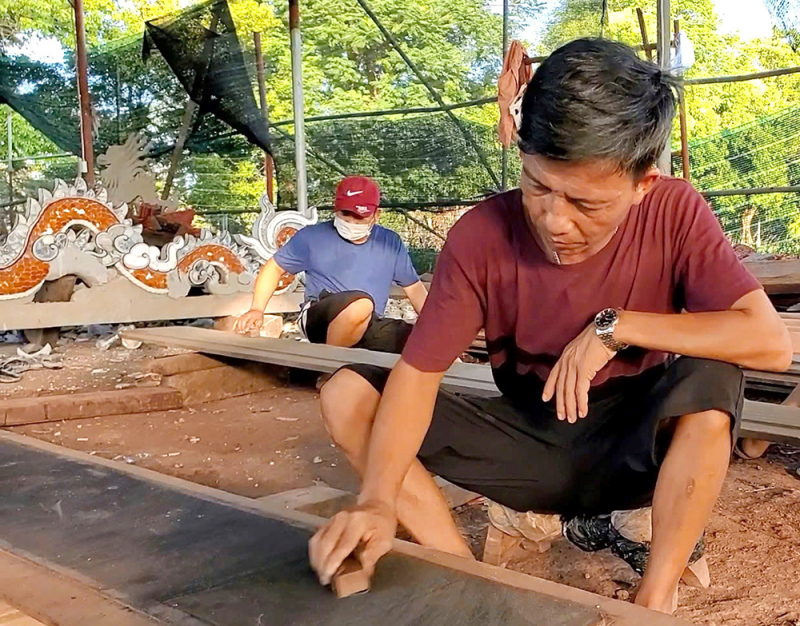

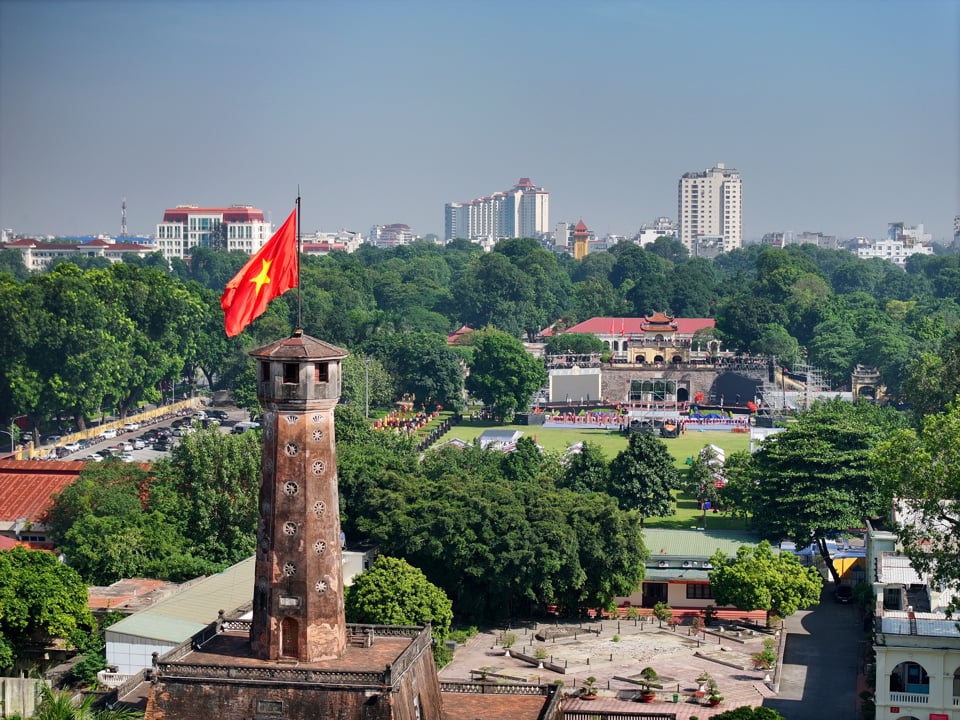




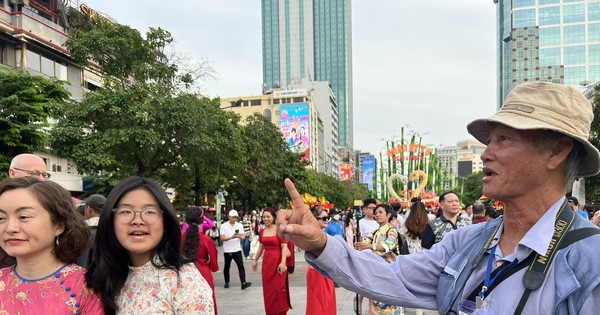

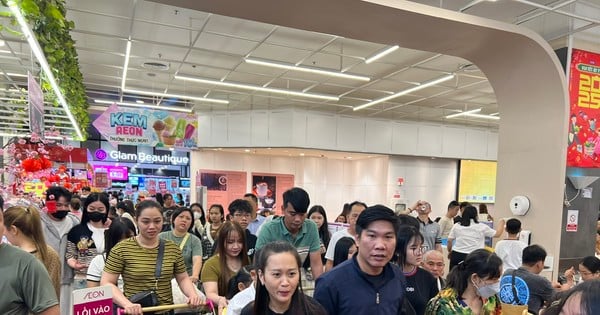

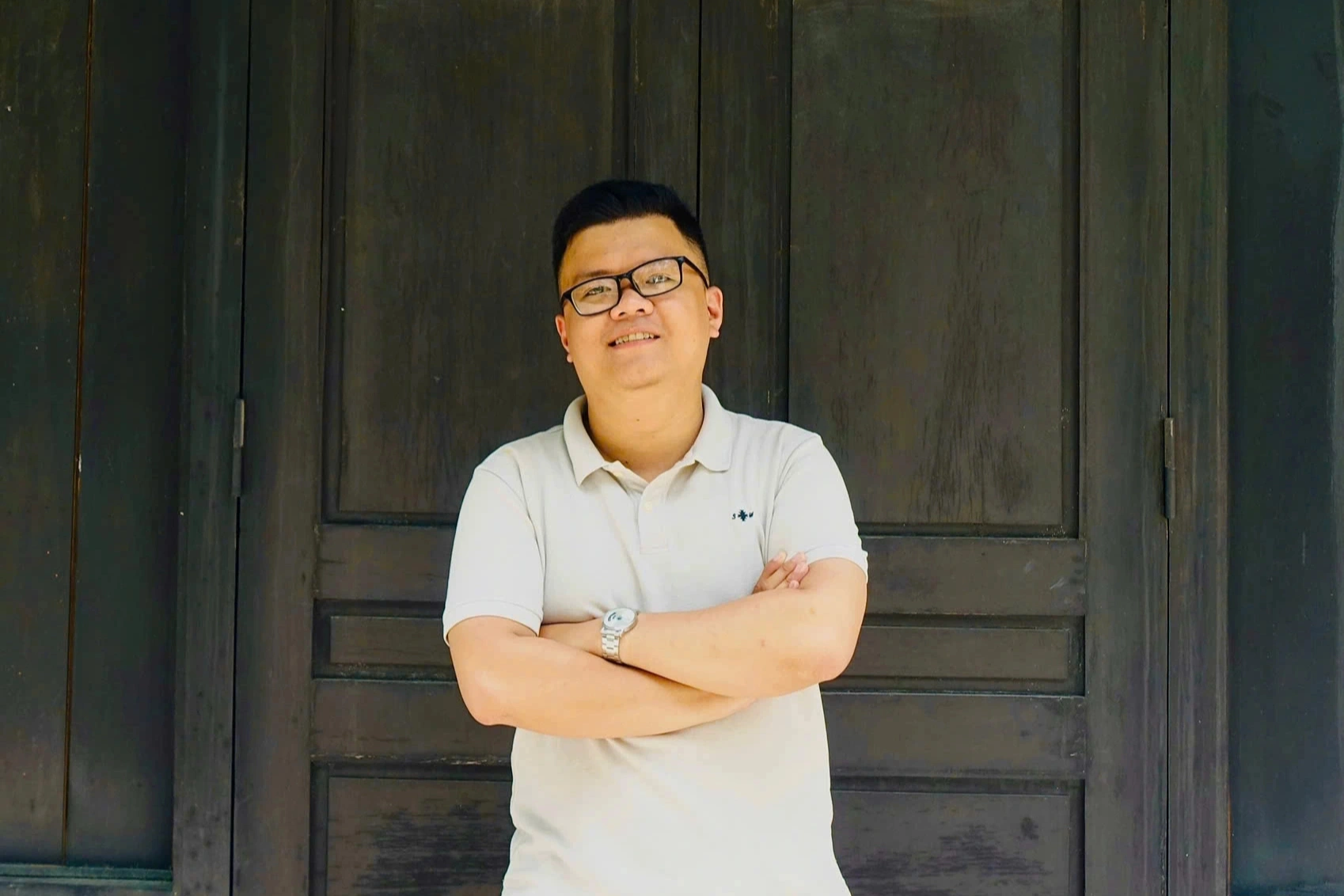

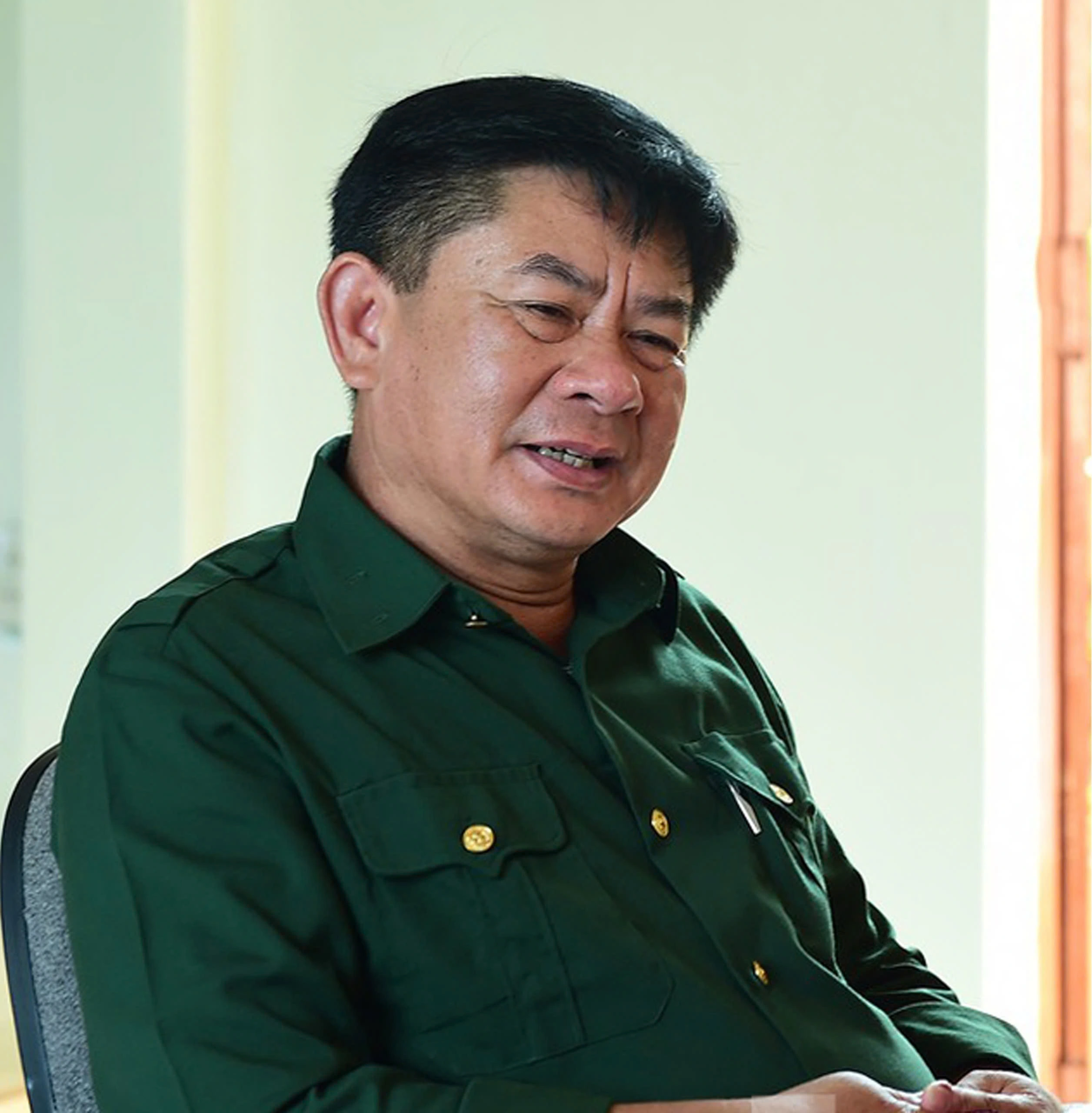



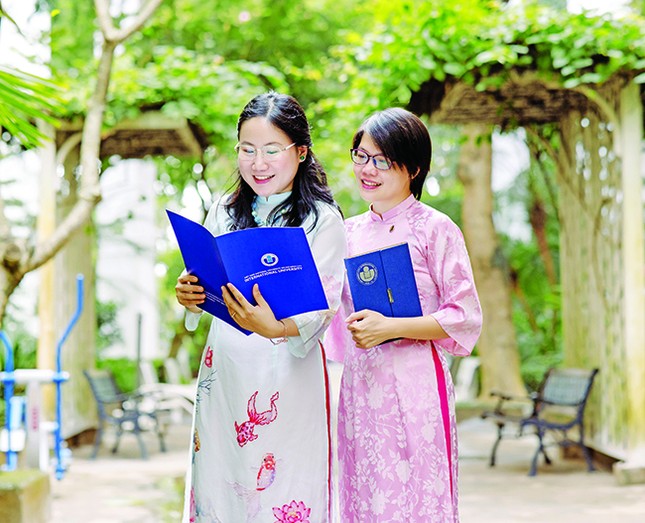





Comment (0)